|
Week
ending: 29th November:
Hillend
Reservoir, Strathclyde
Country Park, Greenend Moss,
Baron's
Haugh and the Dalzell
Estate.
Wednesday am -
Hillend
Reservoir:
Poor weather kept my cameras in their bag until midweek, when we had
our first sight of the sun
for a few days. It was more of a reconnaissance mission since Hillend
Reservoir, near
Caldercruix, is very unfamiliar to me. I had intended walking around
the Loch but the days of rain
had left that path impassible in too many places so I had to abandon
the idea. I’ll keep it for
another day when the weather is drier. I did manage a few shots of
birds, the best of which were
of a female Goosander and a female Goldeneye. The other birds were
rather distant.
| Female Goldeneye |
Female Goosander |
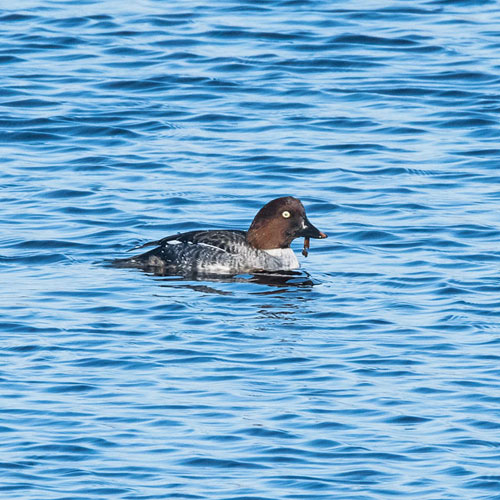 |
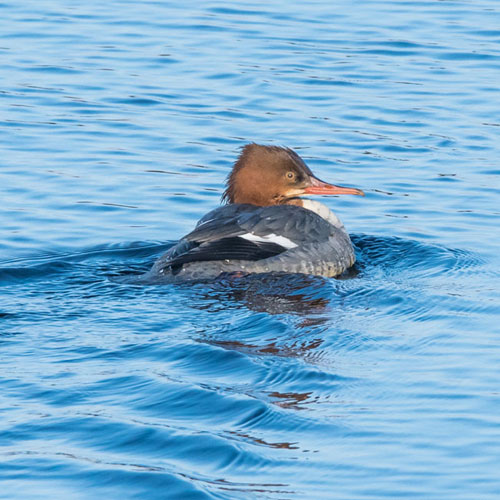 |
Wednesday pm - Strathclyde Country
Park:
It seemed a shame to let
the nice sunny weather go to waste so I ventured down to Strathclyde
Park mid-afternoon. The low sun was casting amber light on the north
end of the Loch where I
was pleased to see that there were lots of birds gathered. Greylag
Geese were grazing on the
rowing starting area. On the surrounding trees, a sizeable flock of
tiny Siskins were quietly
feeding on Alder trees, and on the Loch a Cormorant was fishing close
to the shore.
| Greylag Goose |
Cormorant |
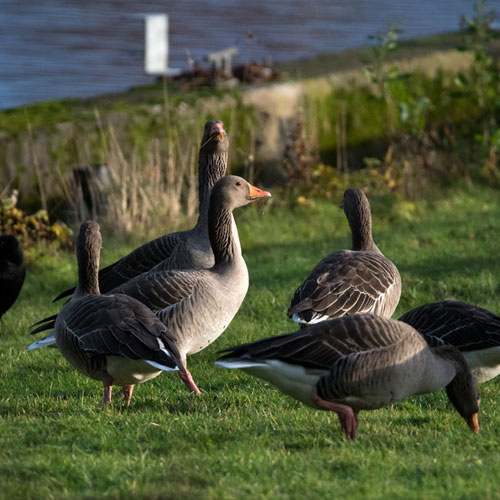 |
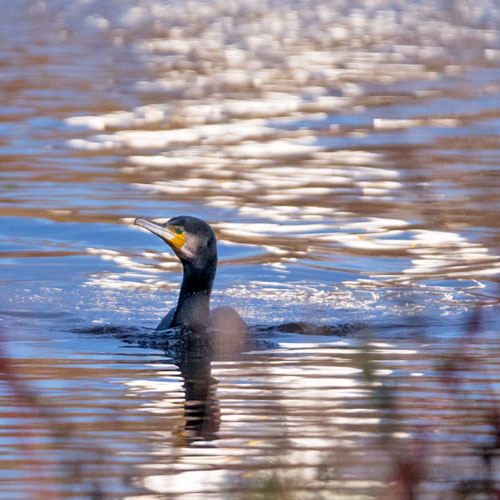 |
Near the geese, a few Lapwing were nervously swopping positions,
ever-watchful of approaching
menace, while on the grass, a Moorhen pecked, seemingly without such
concerns.
| Greylag Goose |
Moorhen |
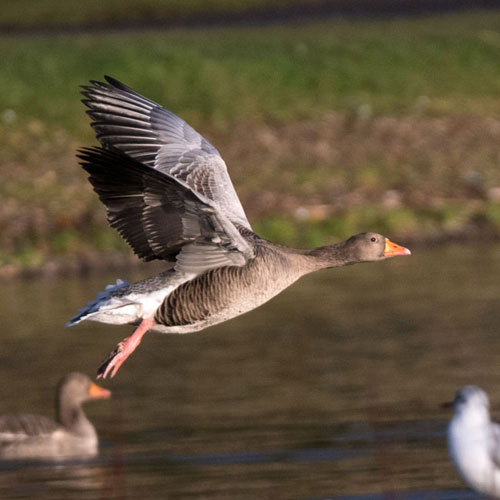 |
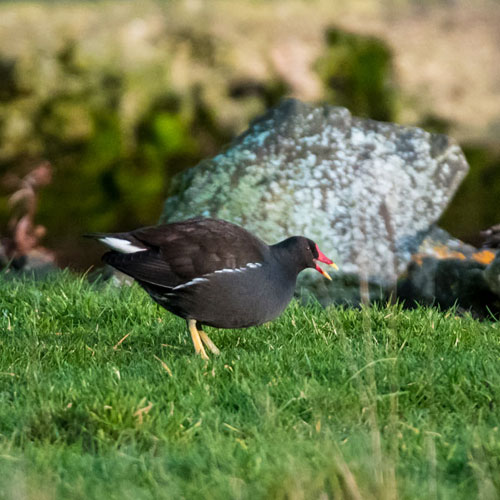 |
Thursday - Greenhead Moss Community Nature Park, Wishaw:
It was a gloomy start to the day at my second unfamiliar location of
the week. The COVID travel
restrictions have certainly made me explore my local county. The
relatively new nature reserve
was very promising. I did see a fair number of birds, such as various
Tits and Finches, Crows and
Magpies. However, I had a technical problem with my camera lens that
kicked in after I’d snapped
a Bullfinch and a Redwing on my way into the site. I will return
though, on a sunnier day, with a
fully-functional camera.
| Bullfinch |
Redwing |
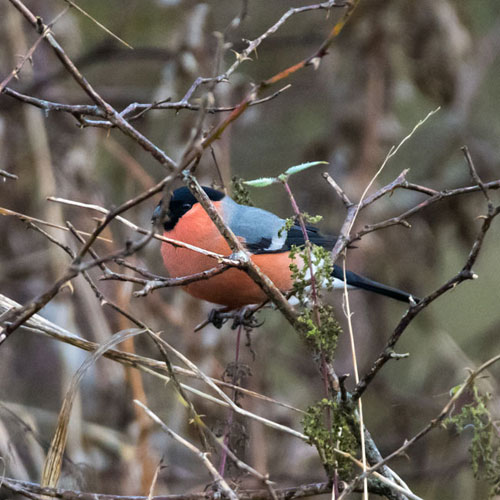 |
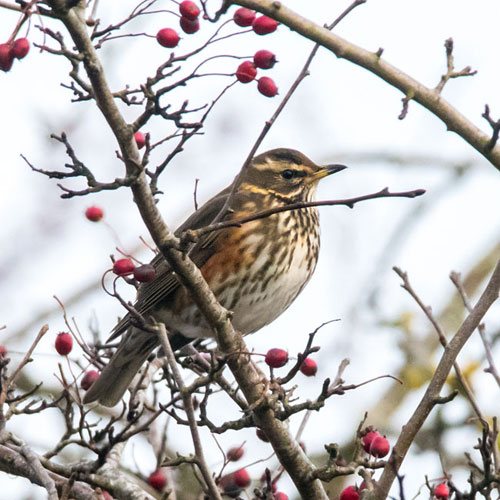 |
Friday - Strathclyde Country Park:
I walked a circuit of Strathclyde Loch on Friday. Once again the sun
was hiding behind grey
clouds. My only publishable shots were of a pair of Greylags and of a
Grey Squirrel sitting up a
tree munching an apple.
| Greylag Goose |
Grey Squirrel |
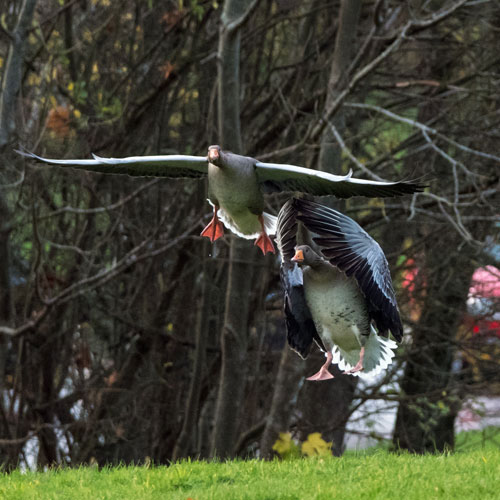 |
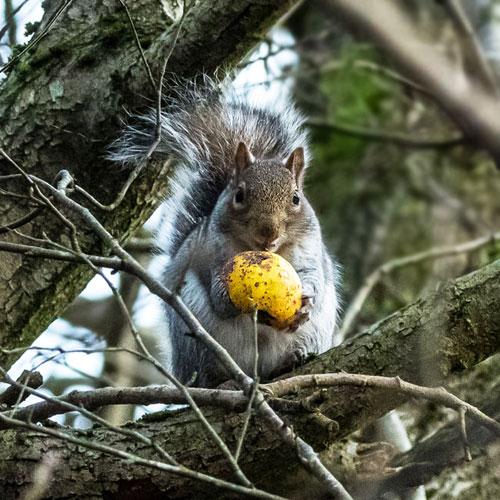 |
Saturday am - RSPB Barons Haugh:
At last a decent sunny day! It started well with a sighting of a Jay
in the woods close to the
car park. I followed this with a shot of a bolder than usual female
Blackbird as it didn’t fly away as
I passed it.
| Jay |
Female Blackbird |
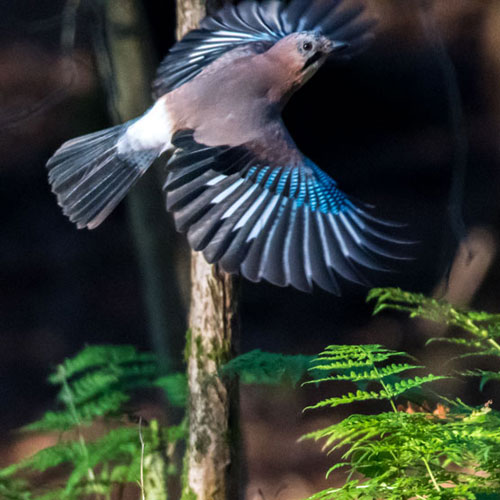 |
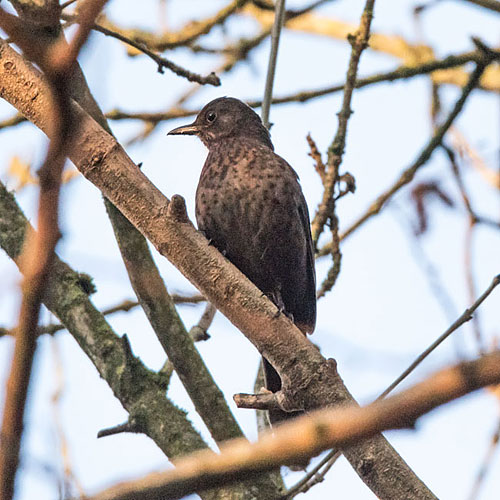 |
I avoided the Marsh Hide because it was full of birders. Instead I
tried the Causeway Hide and
found it empty. I was impressed with the antics of the Teal as they
cavorted around a female by
the reedbanks to the north of the hide.
The early mists had yet to fully clear as can be seen from the shot of
juvenile Cormorants perched
on tree stumps. I managed a pleasing flight shot of a Mute Swan as it
flew across in front of the
hide.
| Juvenile Cormorant |
Mute Swan |
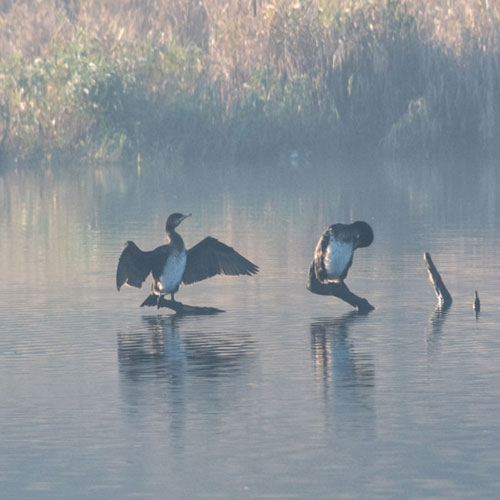 |
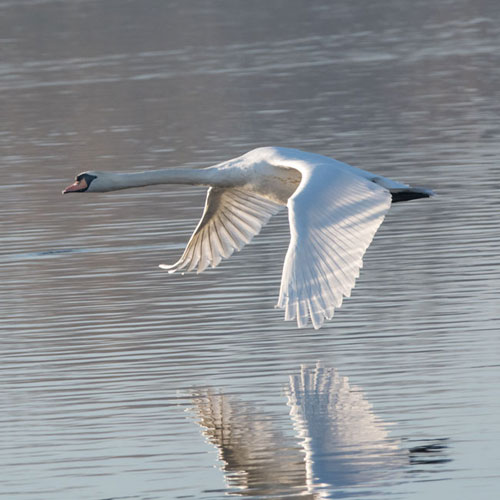 |
I was disappointed that I couldn’t see a reported Shoveler ,
even when I moved to the
Phoenix Hide. The view was nice though.
I captured an image of what looked and acted like a Marsh
Harrier , though it was quite a
way off to be sure. I spent some time by a bench overlooking the River
Clyde. There wasn’t a
cloud in the sky when I observed three fly-pasts one after the other. A
rogue motorcycle on the
reserve footpaths had put them up - a Cormorant and a female Goosander
followed by some
Mallards. The Goosander showed what she thought of the biker.
| Raptor |
Cormorant |
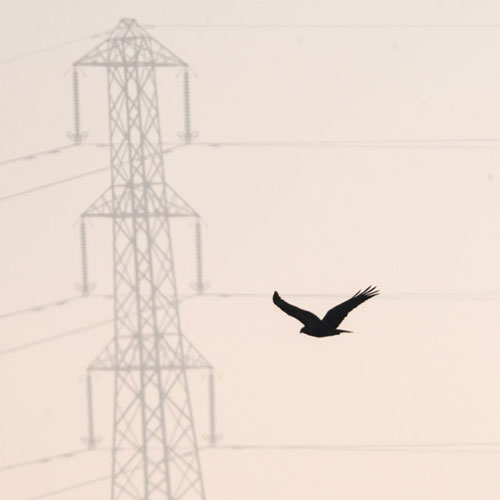 |
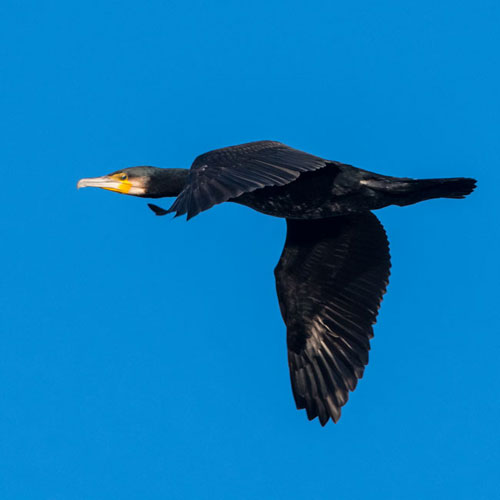 |
| Female Goosander |
Mallard |
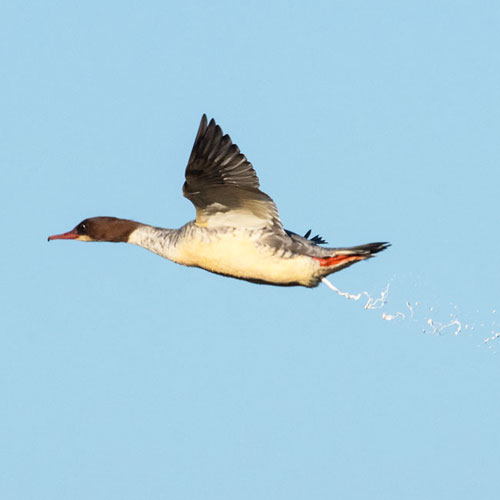 |
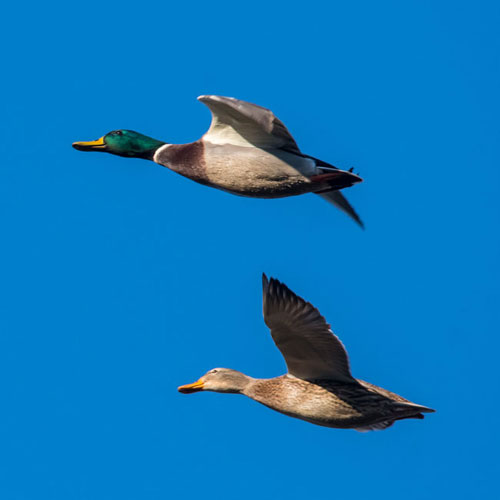 |
Next I snapped a Grey Heron that was perched at a bend in the river,
before moving on the the
Centenary Hide where I tried unsuccessfully to get a picture of an
elusive female Reed Bunting. I
did though get a fairly decent shot of a Goldfinch on some dried
vegetation. I also noticed a
Carrion Crow scanning its domain atop a tall tree. I was surprised but
delighted to catch a few
shots of a Little Egret flying up the Clyde.
| Grey Heron |
Goldfinch |
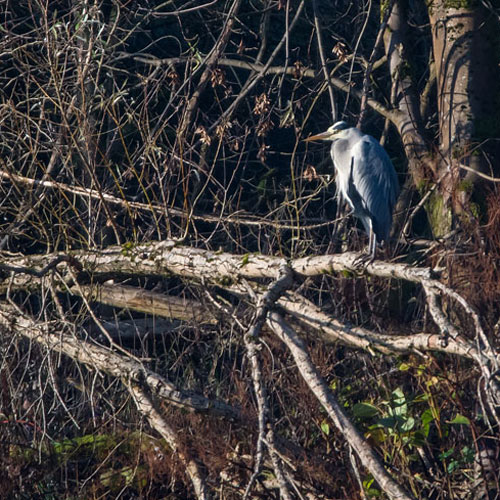 |
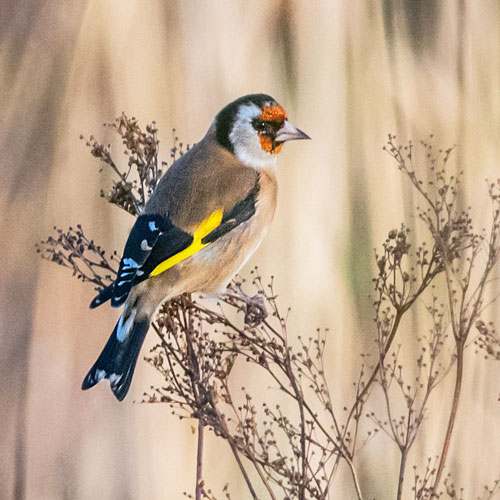 |
| Carrion Crow |
Little Egret |
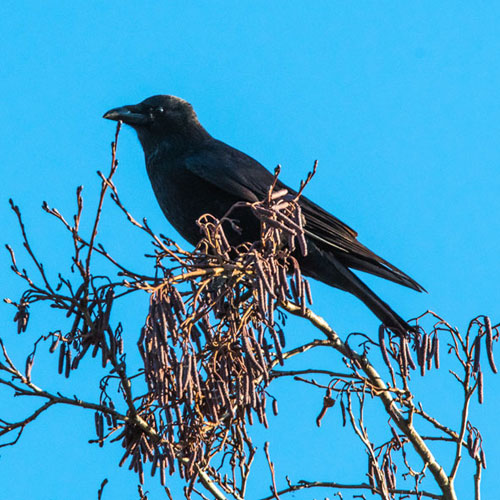 |
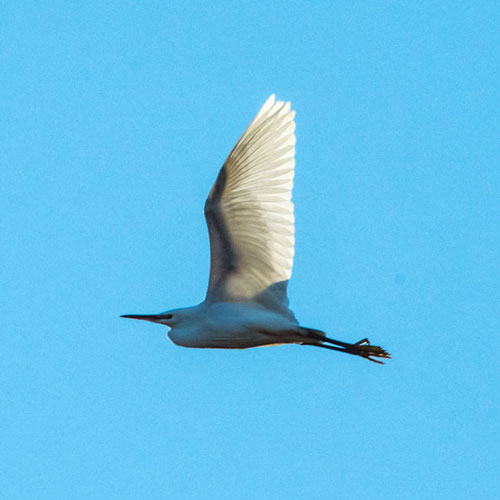 |
I nipped back to the car for a spot of lunch but on entering the car
park I could see in the distance
a Kestrel
perched on a Silver Birch tree. I nipped swiftly nearer to it and got
some shots of
it, including when it swooped onto and carried off what looked like a
Vole.
Saturday pm - Dalzell Estate:
After lunch I made a brief visit to the adjoining Dalzell Estate to
check out the Thrushes
I’d
seen last week. As can be seen below, they didn’t disappoint.
I managed to photograph three of
the family, a Fieldfare, a Redwing and a Song Thrush dining on red
berries - a super end to brilliant
visit, and not a bad week really.
| Fieldfare |
Redwing |
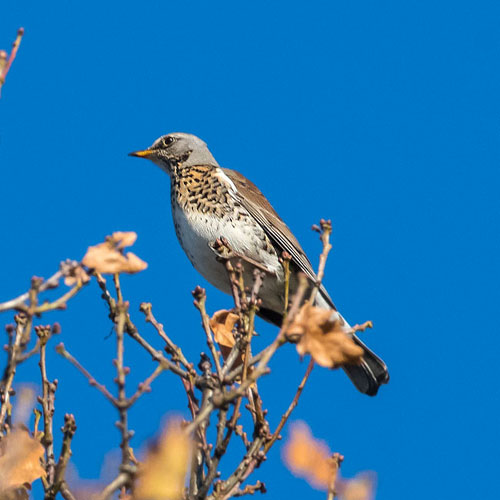 |
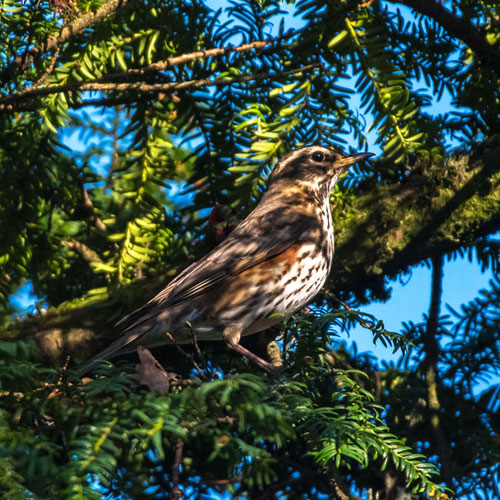 |
Week ending: 22nd November 2020: Hogganfield Loch,
Drumpellier
Country Park, Dalzell
Estate
Due to the current COVID travel restrictions my Sunday expeditions have
been seriously curtailed
so I’ll be using these blogs to bring to you highlights of my
whole week. As I am retired I am able
to take my cameras out for a walk nearly every day to places where I
can watch and photograph
nature. This week I managed three such walks, and here are the
highlights:
Wednesday - Hogganfield
Park LNR:
Late Autumn is the time to get very close sightings of the Whooper
Swans that spend the
winter at the Loch. They seem to be fewer this year. I don’t
know why. Goldeneyes
return
from their summer stay in the Scottish Highlands at around the same
time. The permanent
residents, such as Coots, don’t seem to be affected much by
these arrivals, then why should they as
they have different diets and there’s more safety in numbers.
| Goldeneye |
Coot |
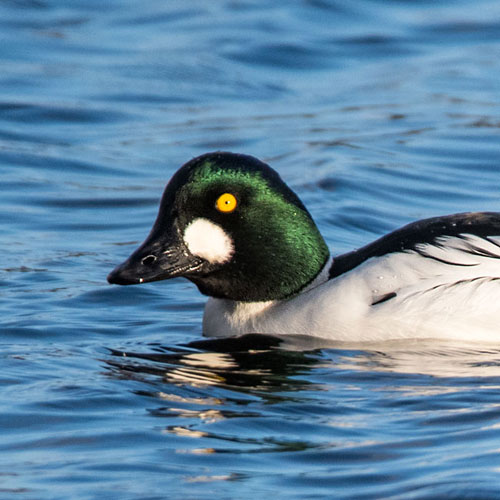 |
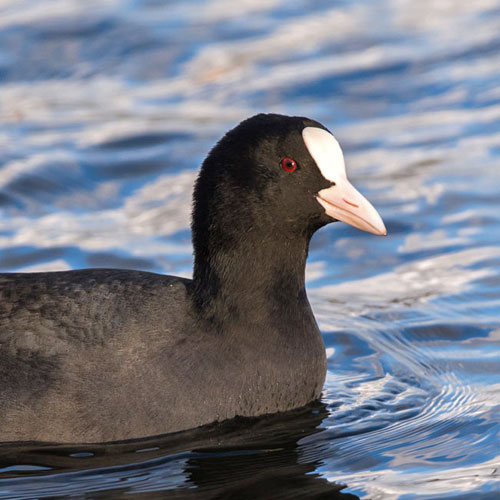 |
Goosanders disappear
during the summer months to breed in upland rivers. They are feisty
characters and can hold their own in the chaotic feeding frenzies at
the car park whenever the
motorists appear with bread.
Greylags
are another periodic species at Hogganfield while, about 10 miles to
the south at
Strathclyde Park, the Greylags seem to be there throughout the year. A
skein passed overhead
briefly but didn’t land on the Loch, sadly. I was pleased to
see a bird that is, perhaps surprisingly,
not a frequent visitor to the Loch, a Herring
Gull . Just why they are rare at Hogganfield is
perhaps due to the large presence of Lesser Black-backs. No such
problem with the ubiquitous
Mallards.
| Greylag Goose |
Herring Gull |
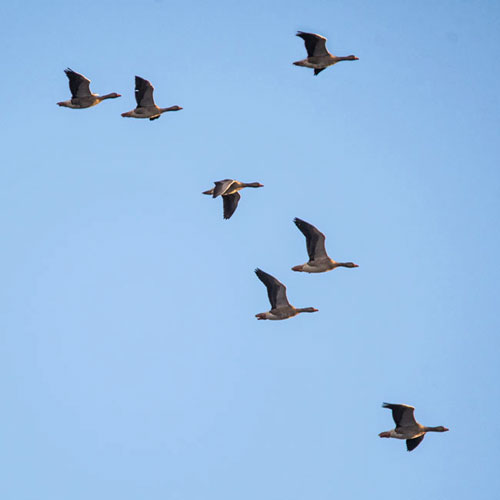 |
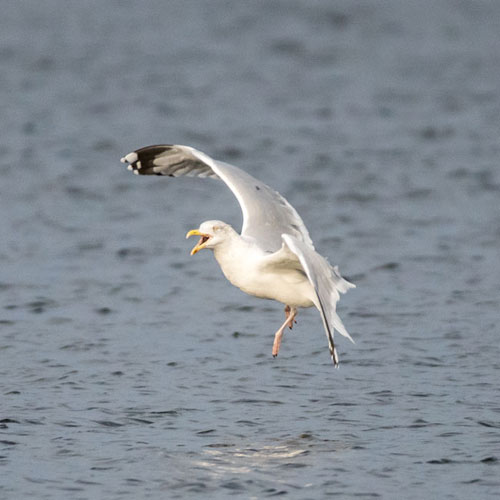 |
| Drake Mallard |
Female Mallard |
I kept an eye out for a couple of infrequent visitors that were on the
Loch the day I visited. That
certainly didn’t include the the lovely Moorhen I snapped in
fine, low autumnal light. But nearby I
spotted the Red-headed Smew (or more simply the female Smew ).
It was fishing some
40m from the lochside, and occasionally followed a Goldeneye for no
apparent reason. I had to
make a circuit of the Loch before I spotted the other rarity, the Red-necked
Grebe. It was
diving among a group of Tufted Ducks and was illuminated by a low, dim
amber sun. As I was
tracking the it, one of the Loch’s colony of Cormorants flew
past, low over the water.
| Moorhen |
Female Smew |
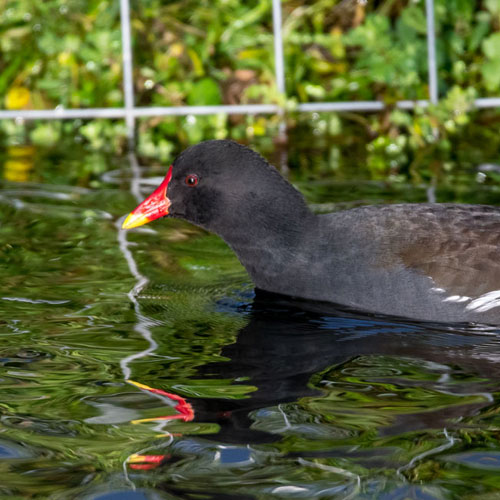 |
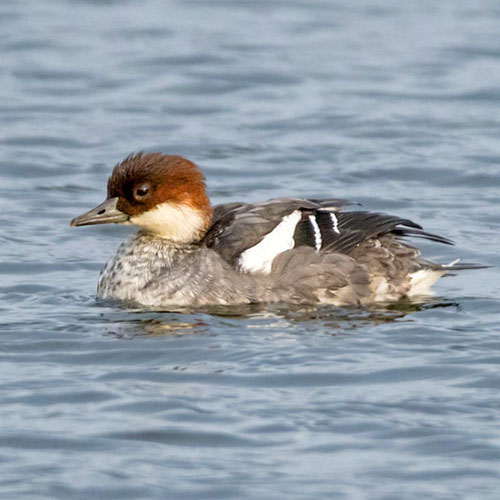 |
| Red - necked Grebe |
Cormorant |
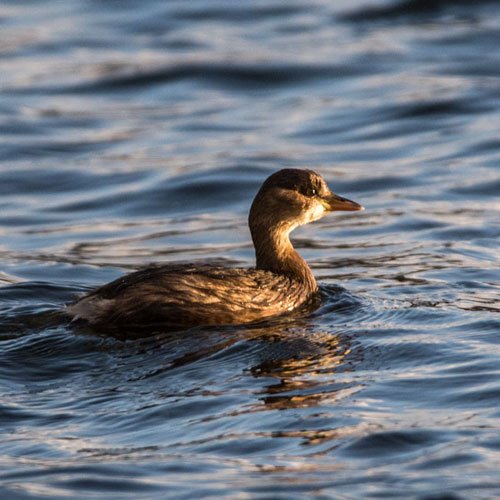 |
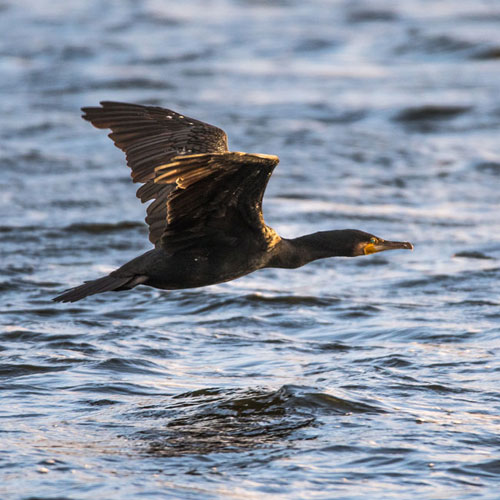 |
Thursday - Drumpellier
Country Park :
The next day I took my exercise in a beautiful area of Coatbridge,
Drumpellier Country Park. It has
a very interesting history and the Lochend Loch and adjacent woodlands
are rich in all sorts of
natural delights. As I followed a route through the woods I came upon a
section along which a
previous walker had planted wee piles of birdseed on the footpath. It
was shooty-in then when it
came to photographing Blue,
Coal and Great Tits, not to mention a big Woodpigeon that
was hogging one particular pile.
| Blue Tit |
Coal Tit |
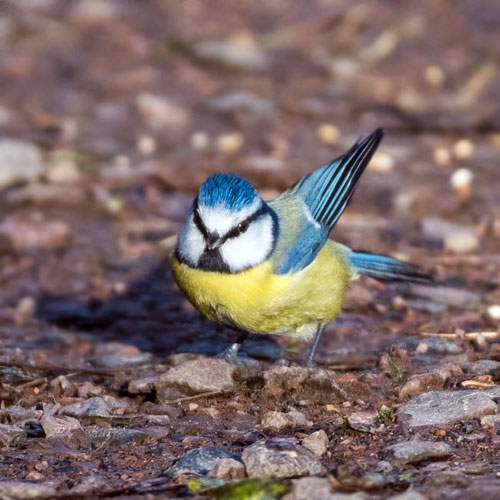 |
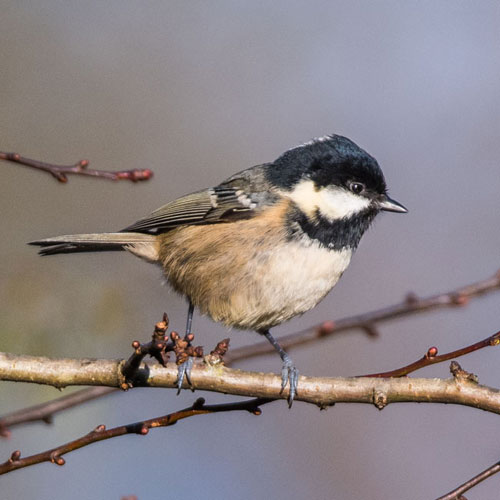 |
| Great Tit |
Wood Pigeon |
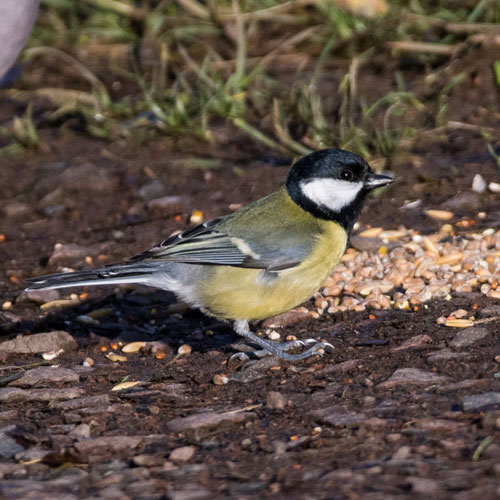 |
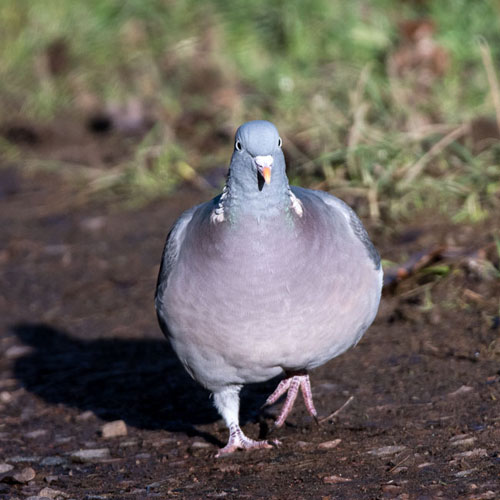 |
In one of the clearings I was pleased to find a pair of grazing Roe
Deer. Later I saw quite a few
bold Robins. These were obviously used to walkers, probably as they saw
them as a food source.
I left the shady woodlands and walked around the Loch. Unfortunately
its narrow paths were
mobbed with families so I didn’t get a chance to safely
photograph the many birds I saw there
(mostly mallards, Tufties, Little Grebes, Goosanders and various types
of Gull). I’ll save that for a
future visit. I did though, at a rare unoccupied spot, snap a handsome
Moorhen and also a white hybrid
Mallard (probably crossed with a Moscovy Duck).
| Female Roe Deer |
Robin |
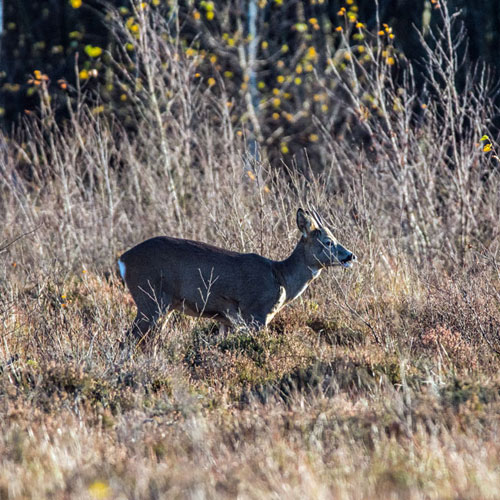 |
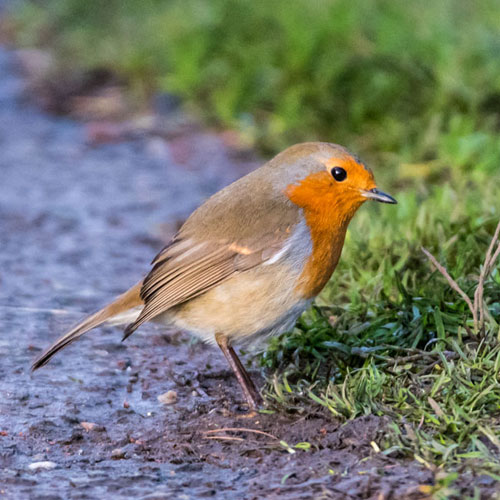 |
| Moorhen |
Mallard Hybrid |
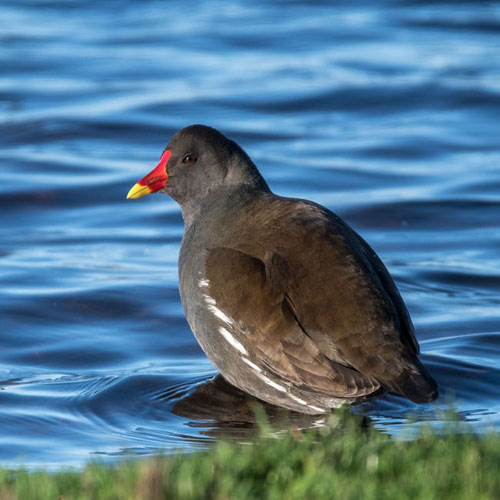 |
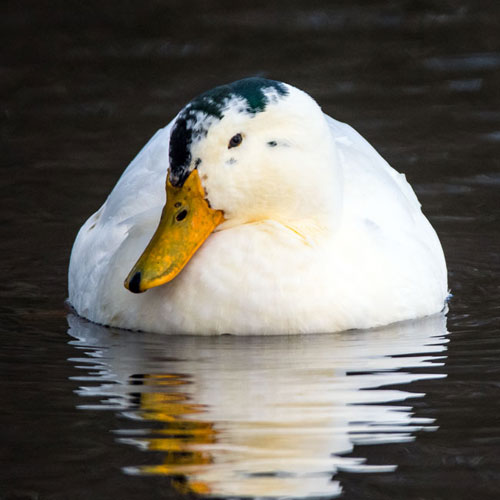 |
Saturday - Dalzell
Estate:
I managed a wee hour at Dalzell Estate in Motherwell. It too was jammed
with walkers but I am
very familiar with the woods there and I know places off the paths
where I can observe birds in
peace. I found one such spot that was particularly rewarding in
photo-opportunities. The Nuthatches
were very active and I was lucky enough to snap one as it foraged in
nearby tree
branches. High on another tree was another bird that scoured the tree
bark, a Treecreeper. It had
a mouthful of what looked like a Cranefly. A Great Tit appeared for a
few seconds, long enough
for a shot and overhead a calling Buzzard spiralled its way across the
woodlands
| Nuthatch |
Treecreeper |
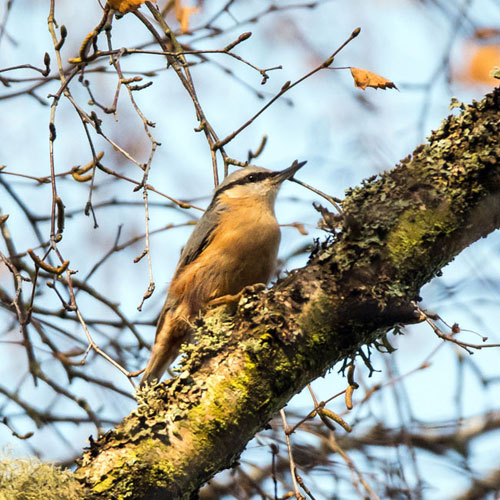 |
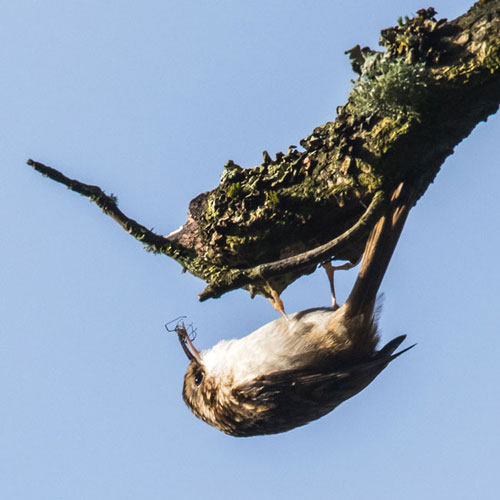 |
| Great Tit |
Common Buzzard |
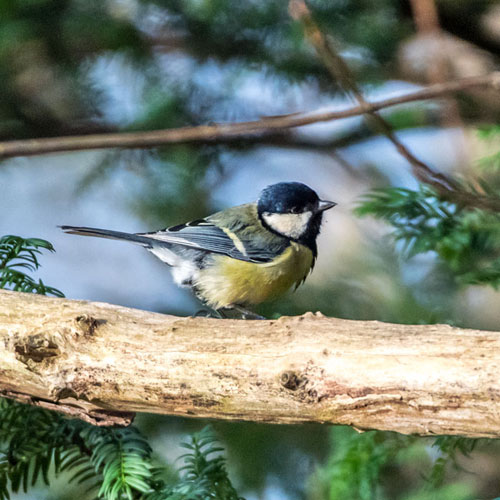 |
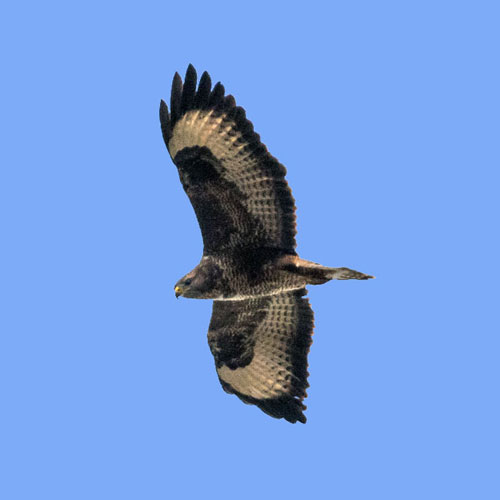 |
A half-dozen noisy Song Thrushes descended on a red berry-rich conifer,
probably a Yew tree.
They started feeding vigorously on the berries and were joined by a
large, nervous flock of Redwings. My final picture is of a fairly
common bracket fungi, Birch Polypore, that I found deep
in the woods, on a rotting fallen tree trunk.
Well that concludes my first weekly highlights blog. It was a fairly
quite week mainly due to the
inclement weather and of the restrictions on travel. Still, I feel it
wasn’t a bad haul of sightings for
3 short visits.
Week ending: 13th November 2020: Barns Ness
On Friday this week I
managed a couple of hours at Barns Ness, a few miles east of Dunbar. My
last visit there was back in August,
so it was about time I revisited. Sunny weather was predicted
so I was looking forward to bagging a few nice shots. I started my
circuit at the shore nearest the
car park. The tide was high and there weren’t many walkers
about so I managed to capture shots
of several birds in quick time: a Redshank, a pair of Carrion Crows and
a Starling, all feeding on
beached seaweed. Just offshore a female Eider
was hunting for crabs with some success.
| Redshank |
Carrion Crow |
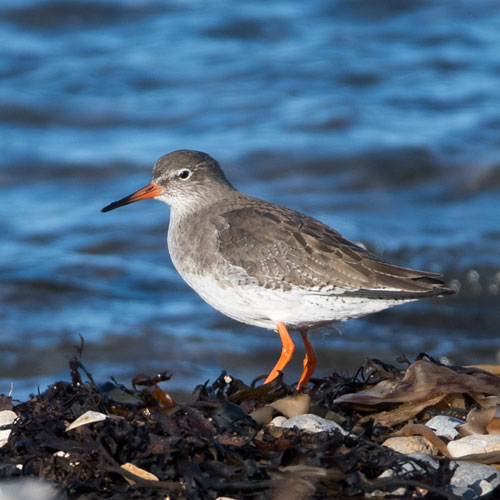 |
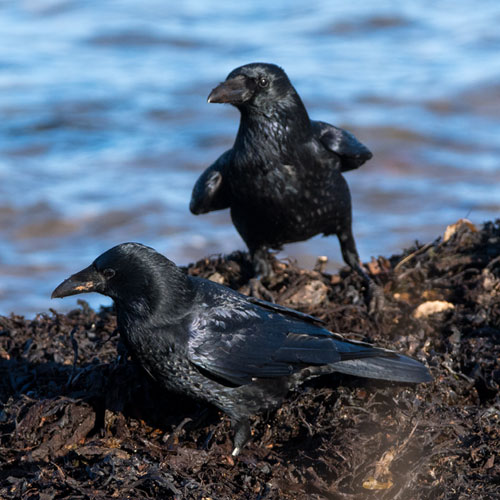 |
| Starling |
Female Eider |
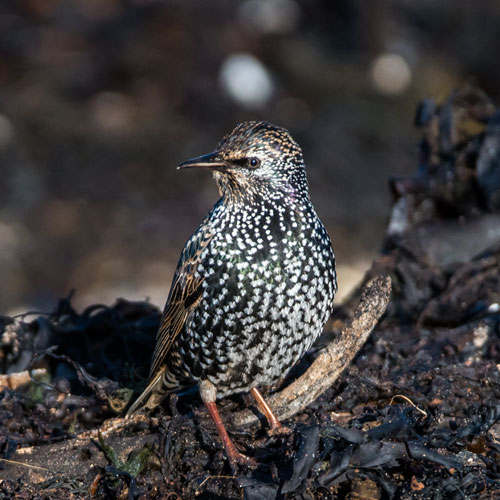 |
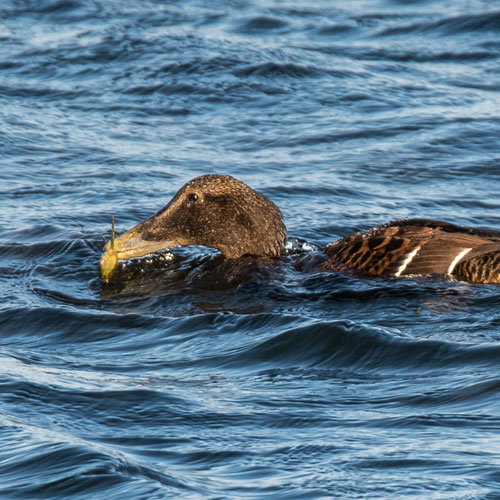 |
I walked along the shore-side path towards the Barns Ness lighthouse. I
could see many birds
were gathered on the wave-lashed rocky edges of the bay. At first I
thought there were only
Cormorants there, but on closer inspection, I realised that Ringed
Plover , Dunlin and
Redshanks were nestling between the rocks.
Below is a expanded image of these. There were also other birds on the
rocks: Curlew,
Oystercatchers and Herring Gulls.
While I photographed the mixed colony of birds on the rocks, I became
aware that there were
birds much closer to where I was standing. A pair of Rock
Pipits tweeted onto the scene
searching for invertebrates between the rocks. A quarrelling pair of
Black-headed Gulls flew past
and I then accidentally disturbed some unseen Linnets.
A large rock pool contained a half
dozen Mallards, and as I edged closer to them, I put up more unseen
birds, a small flock of Turnstones,
and about twenty Starlings. I’ll really need to be more
careful.
| Rock Pipit |
Black - headed Gull |
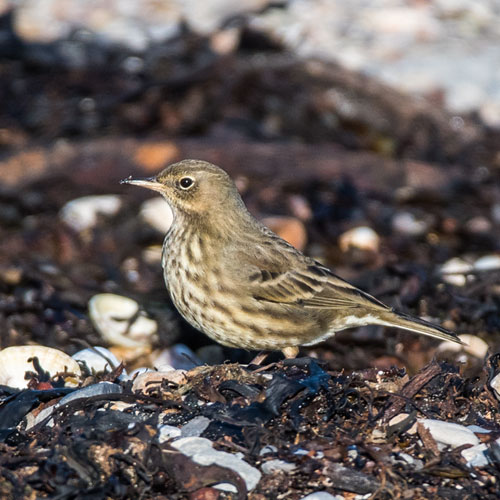 |
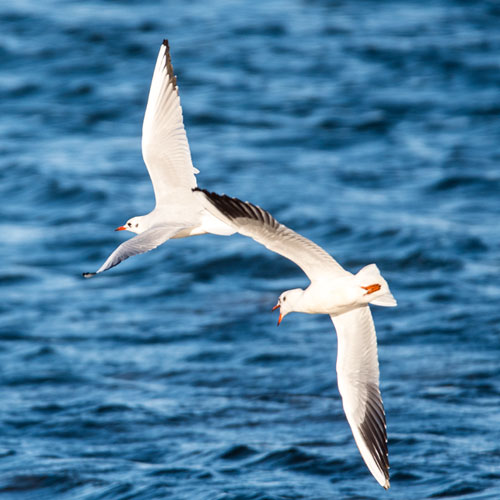 |
| Linnet |
Mallard |
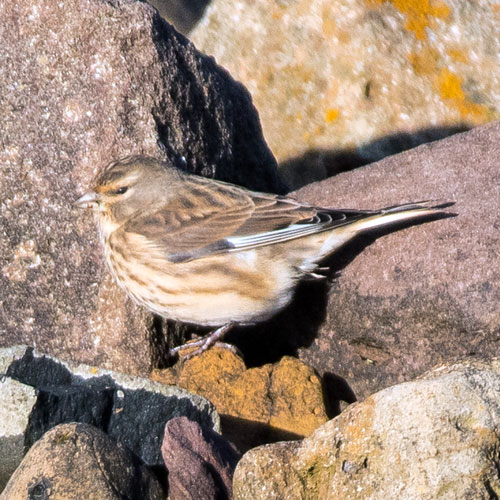 |
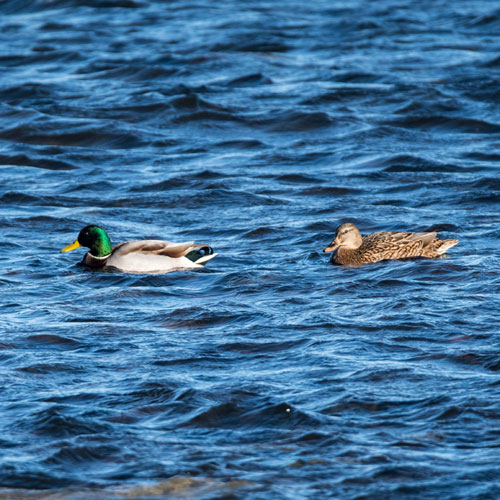 |
| Turnstone |
Starling |
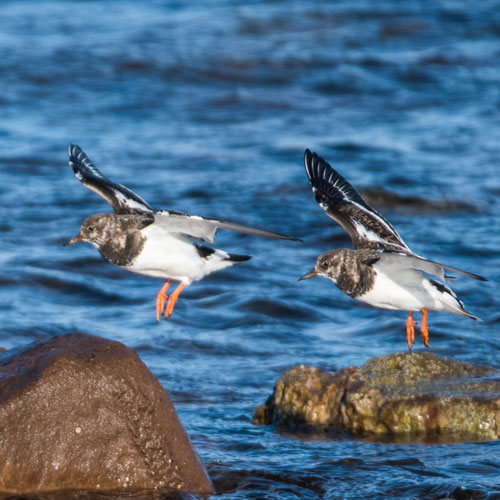 |
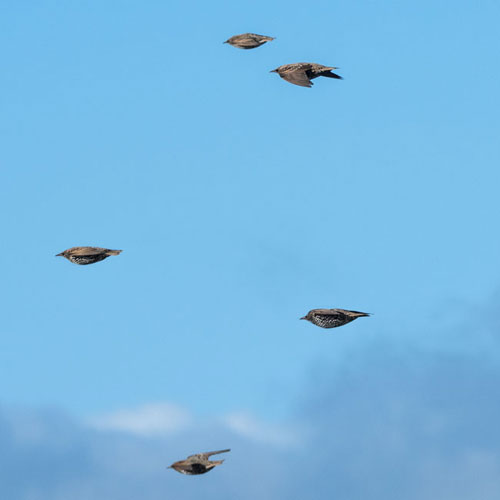 |
As I rounded the lighthouse, a Cormorant flew past. I also managed a
snap of a Common Gull. I
checked the area around the “wreck” and found a
foraging Rock Pipit in some nice light. I prefer
to walk from east to west along the east beach in order to keep the
sunlight behind me so I
walked along the path at the landward side of the dunes towards an
opening through the dunes.
On the way I spotted a wee Stonechat
lurking in the shade of a low bush.
| Cormorant |
Common Gull |
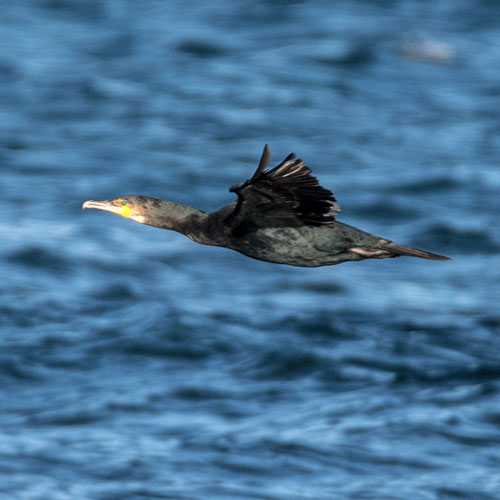 |
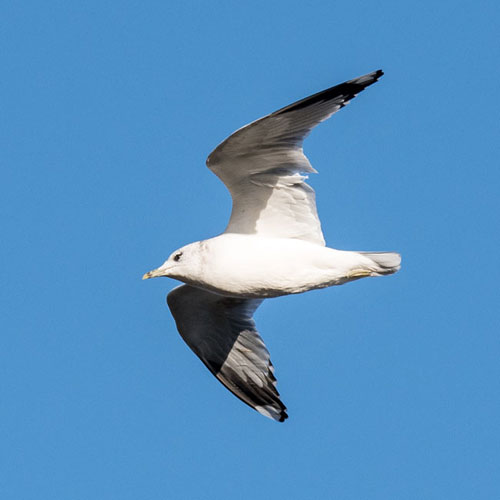 |
| Rock Pipit |
Stonechat |
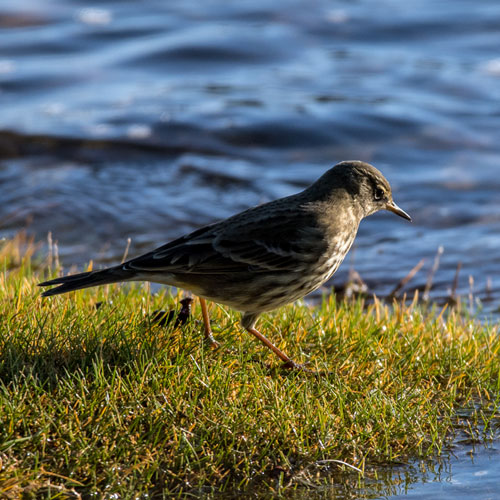 |
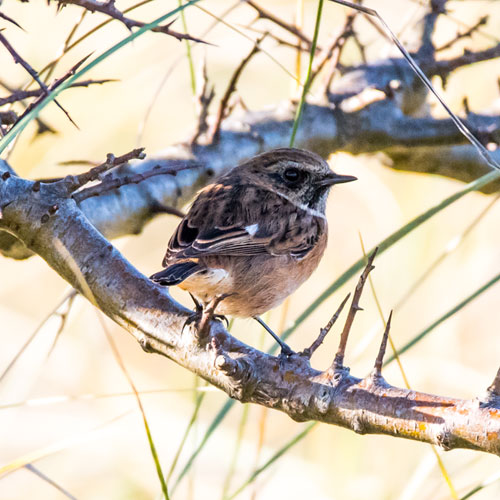 |
When I eventually got onto the beach, looking back towards the
lighthouse, I could see trains of
sea waves were piling onto the beach.
The many Black-headed Gulls assembled in the water were being carried
nearer the sandy beach
by the incoming waves. They were there to snap up invertebrates
escaping from huge amounts of
seaweed that lay rotting on the sand. When they got too near the shore
they took flight and
settled again at a safer distance. There were also a few Common Gulls
and passing Herring Gulls.
| 1st Cycle Common
Gull |
Herring Gull |
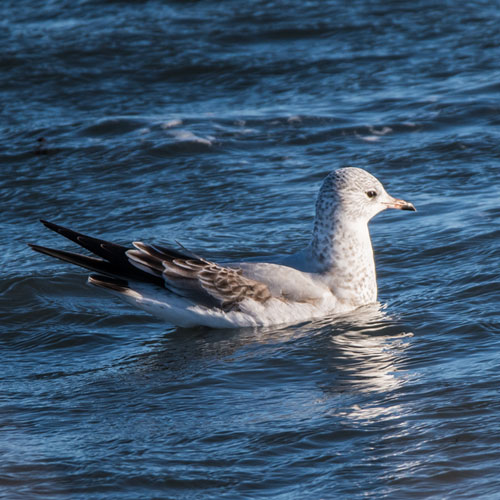 |
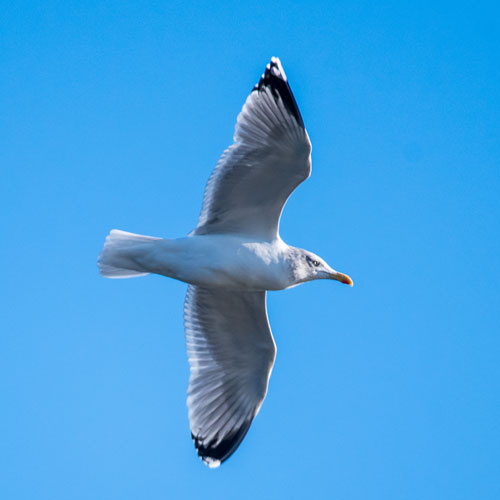 |
I could see large numbers of Redshanks and Turnstone on top of the
piles of seaweed. Passing
walkers put them up occasionally but the birds returned once there were
no people nearby.
| Redshank |
Turnstone |
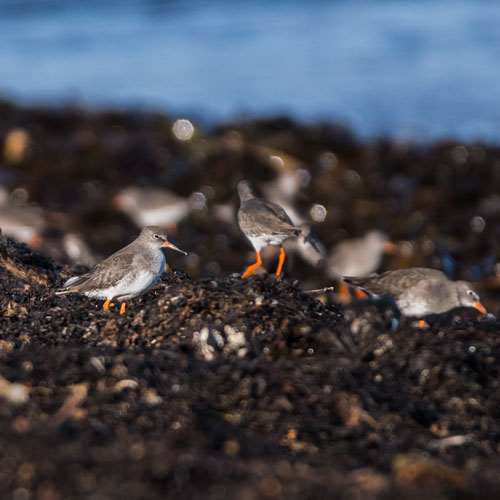 |
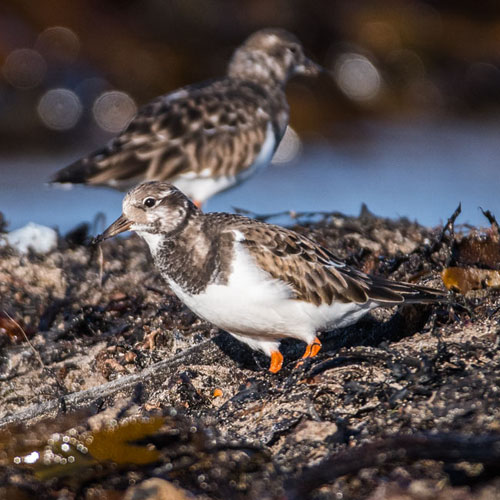 |
Next I left the beach and crossed to the west boundary wall, which
leads through scrubland and
woods to the old campsite area. I spotted a Peregrine
Falcon passing high overhead and
managed a shot as it moved over the quarry. Large bushes of yellow
Gorse blooms were certainly
and impressive sight as I entered the scrubland. I was pleased to see a
bluebottle, Calliphora
vomitoria, sunning itself on the grass beneath some conifers. On short
grass by the same conifers
I photographed the fungus, Lyophyllum fumosum.
| Peregrine Falcon |
Gorse |
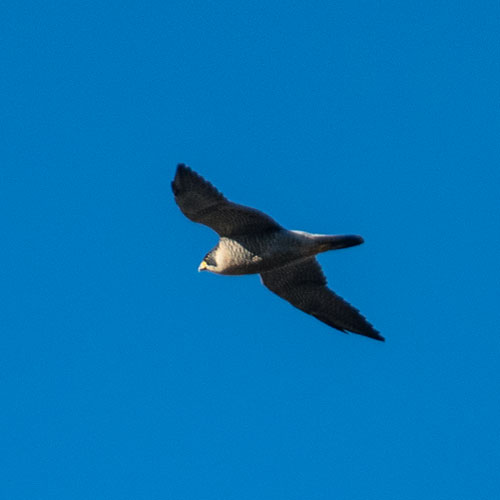 |
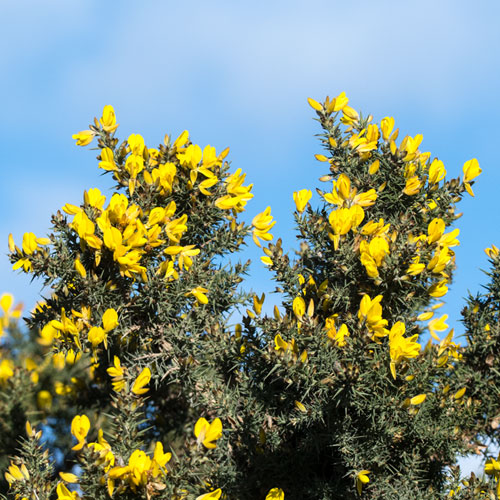 |
| Fly - Calliphora vomitoria |
Lyophyllum fumosum |
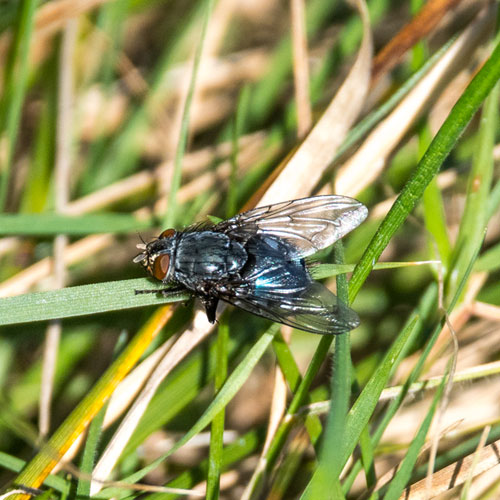 |
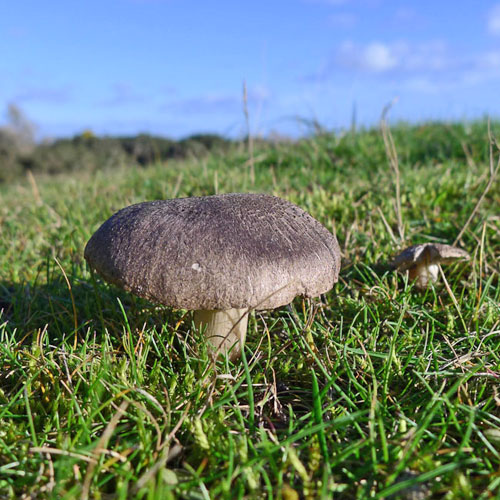 |
Sad to say that I didn’t see any birds at the old campsite,
probably due to the darkening sky.
However, I did see some wildflowers. It was nice to see a beautiful
blue Common Periwinkle, as
well as a few Brambles that were still around this late into Autumn. A
few small pink Herb Robert
flowers and yellow Oxford Ragwort were still in bloom brightening the
otherwise sad-looking and
decaying wild garden.
| Lesser Periwinkle |
Bramble |
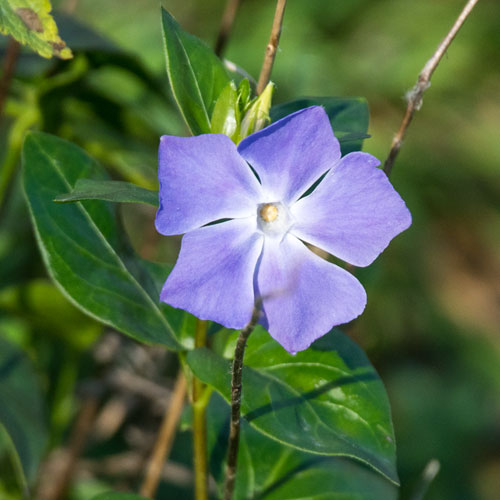 |
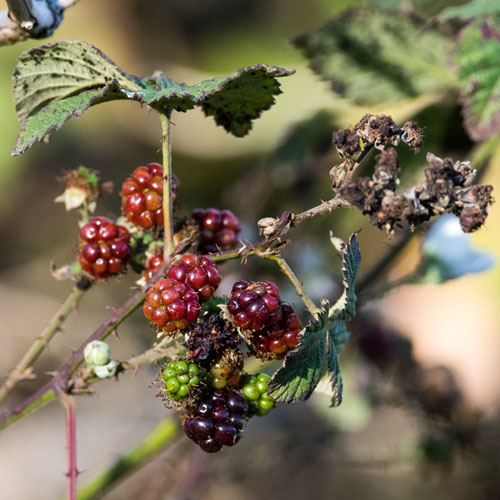 |
| Herb Robert |
Oxford Ragwort |
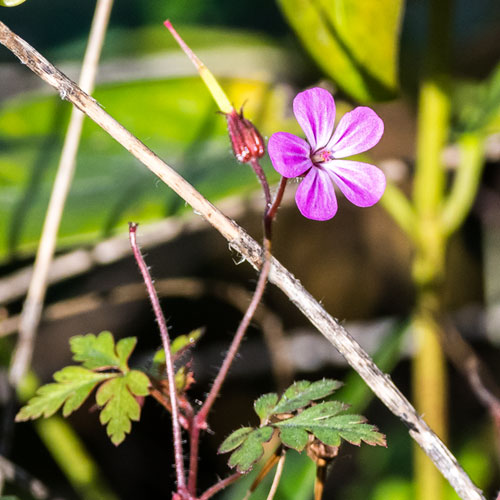 |
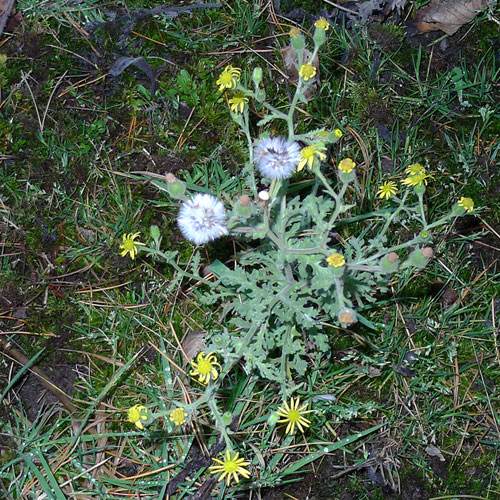 |
My circuit was completed when I returned to the beach near the car
park. The female Eider was
still catching crabs. As I was leaving I heard the sound of passing Pink-footed
Geese
moving west. I quickly and carefully parked the car and fired off a few
shots into the gloomy sky
to get the record shot shown below.
| Female Eider |
Pink - footed Goose |
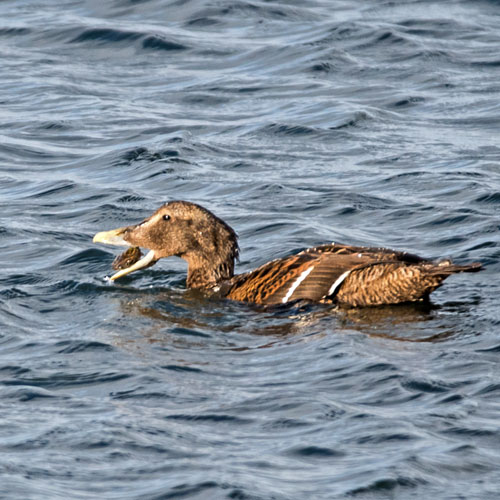 |
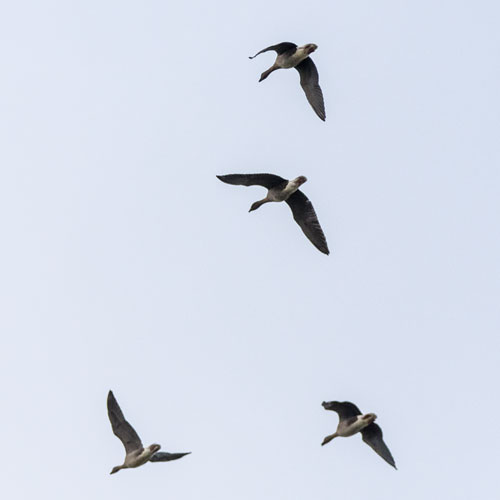 |
I was very pleased with my two-hour stint at Barns Ness. I managed to
observe a decent number of birds and plants and the weather was sunny
for most of the time.
Week ending: 8th November 2020:
RSPB Baron’s
Haugh and Dalzell
Estate, Motherwell
This week I spent some hours at my nearest RSPB reserve, Baron’s
Haugh and Dalzell
Estate . The map of the reserve shown below is
reproduced from the website
of a
recently deceased RSPB member, the much-admired and sadly missed Jimmy
Maxwell.
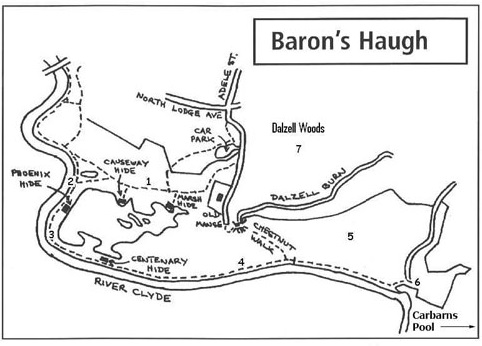
|
From the reserve car park it is a 5 minute downhill walk along a
woodland road to reach the first of
4 hides, the Marsh Hide. There had been a lot of rain and the water
level on the wetlands was
fairly high. The only bird visible from the hide was a long-legged Grey
Heron that was feeding on
the edges of the pond. However, I was more successful when I scanned
the trees close to the
hide and, with autumn leaves falling like rain, I was able to
photograph a wee Blue
tit , a
Dunnock and some Long-tailed Tits. |
| Grey Heron |
Blue Tit |
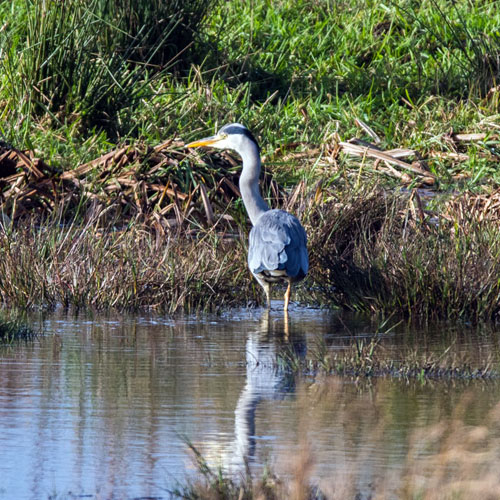 |
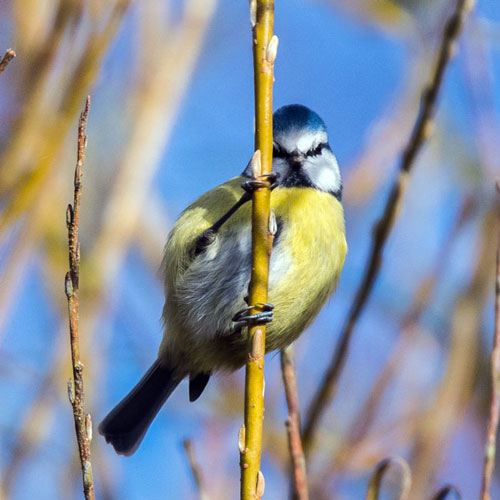 |
| Dunnock |
Long - tailed Tit |
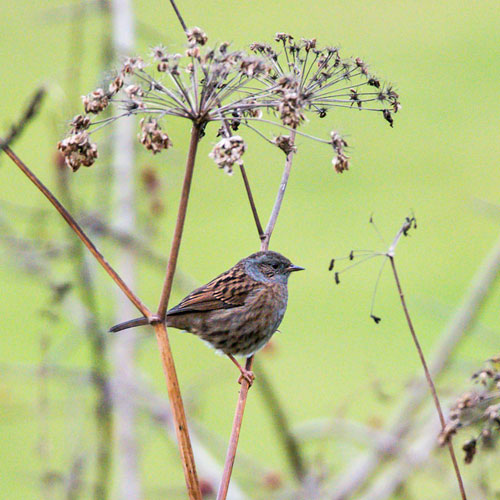 |
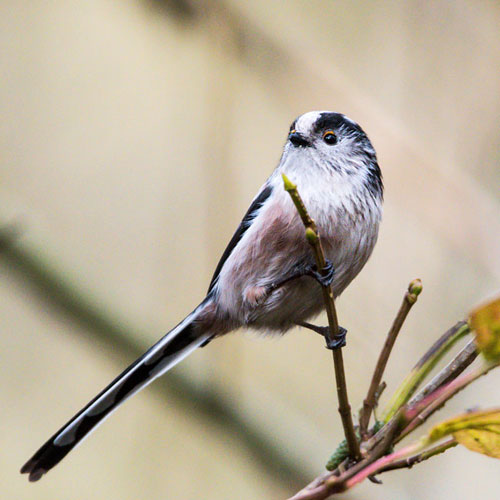 |
As I walked to the next
hide I came across a male Blackbird gobbling Hawthorn berries at the
edge of Area 1. I was delighted to see a juvenile female Kestrel sitting atop the hedgerow
between the fields, although the light was poor at the time.
I got a pleasing panoramic view from the
north of Area 1
I was also slightly
disappointed at the Causeway Hide to find fewer birds than
I’d seen there
recently. This was probably due to the raised water levels. There were
though some Whooper
Swans that had arrived
recently from Iceland. There was also a couple of indigenous Mute
Swans and a small Teal flock that emerged from behind the tall Reed
Mace in front of the hide. A
large Lapwing flock raised my spirits further when they descended on
the site from the south.
| Whooper Swan |
Mute Swan |
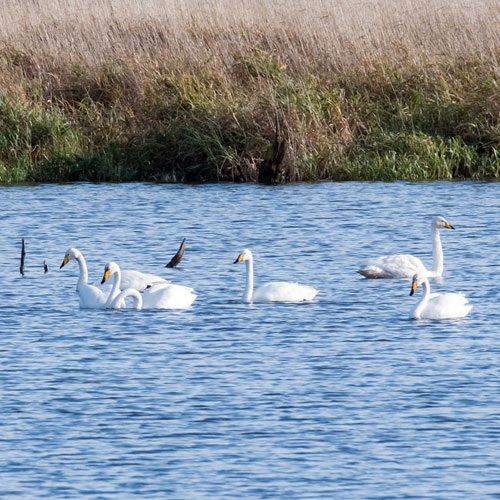 |
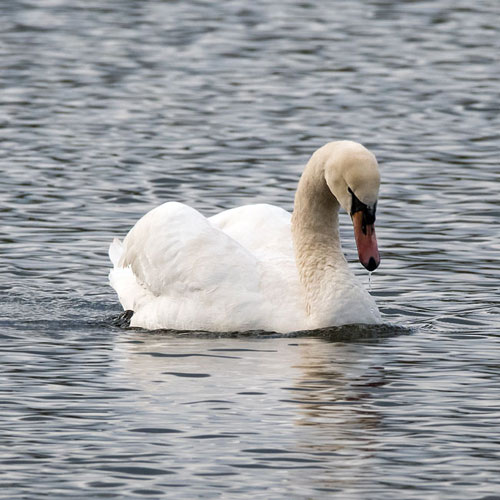 |
| Teal |
Lapwing |
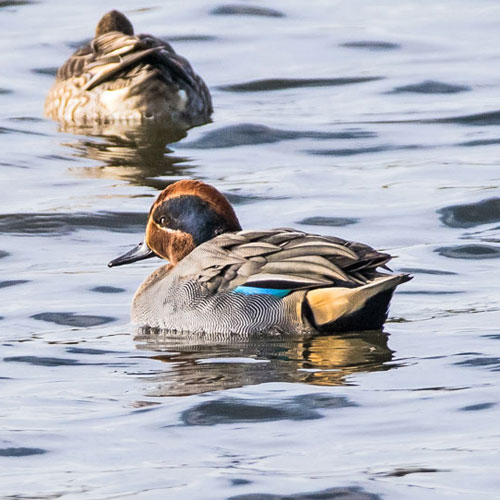 |
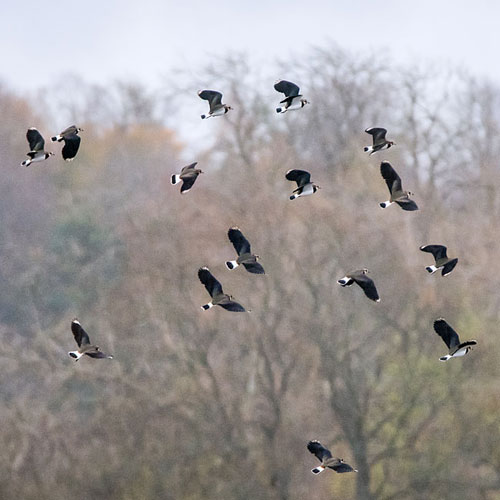 |
As I walked along the “causeway”, a cheeky wee
Robin drew my attention. As I photographed it I
became aware of the high pitched tweets of Goldcrests
and with patience I managed a
couple of shots. I also could see through the bushes to the far side of
the Haugh where I noticed a
Grey Heron on the water’s edge. On inspecting the photo I
wondered if it was standing on a
vacant Swan’s nest that contained an unhatched
swan’s egg (see the picture below). In any case, when I
returned to the hide to get a slightly closer shot I got a wee bonus
when a Wren appeared
on the reeds and posed for a quick snap.
| Robin |
Goldcrest |
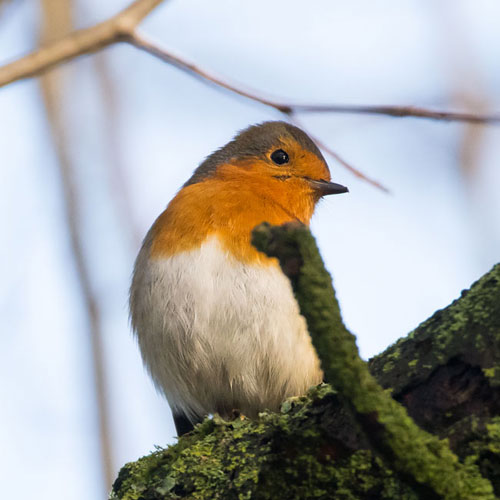 |
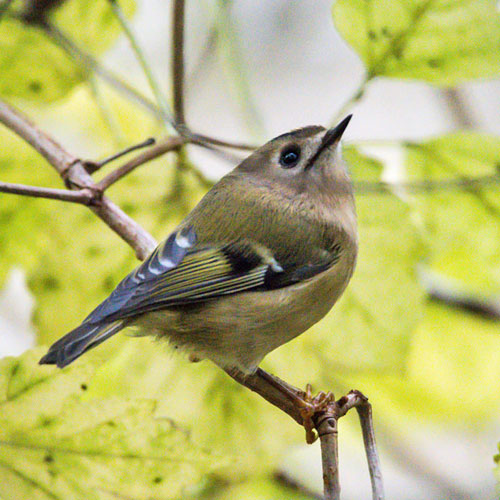 |
| Grey Heron |
Wren |
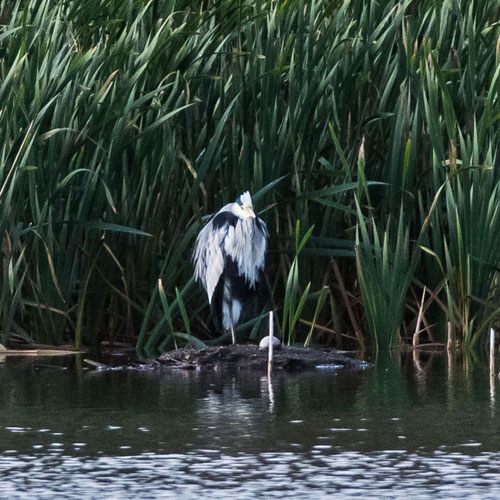 |
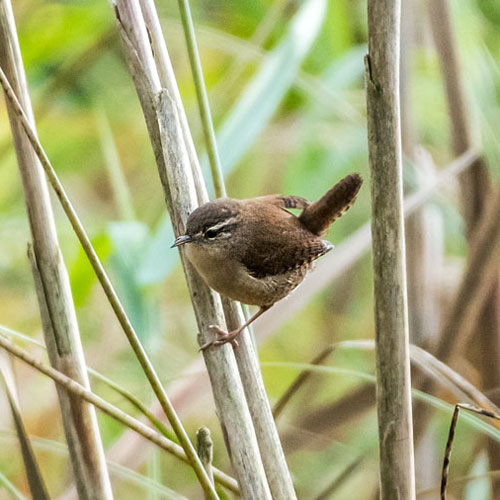 |
Next I made my way to the Phoenix Hide where it was also very quiet,
apart from a solitary Little
Grebe diving for fish. On the wooded bank adjacent
to the hide I discovered my first fungus
of the day, a Clouded
Funnel (aka Clouded Agaric). Overhead, the young Kestrel
I’d seen
earlier swooped past.
| Little Grebe |
Clouded Funnel ( Agaric) |
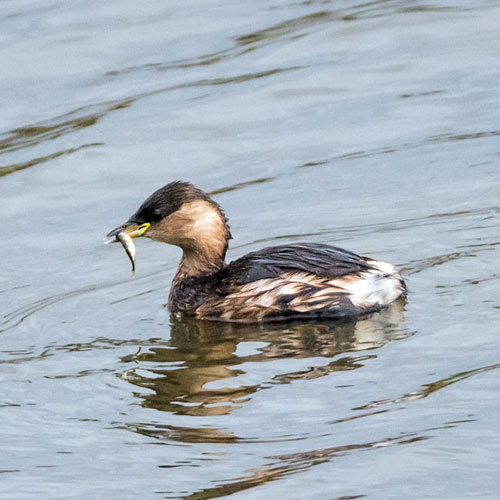 |
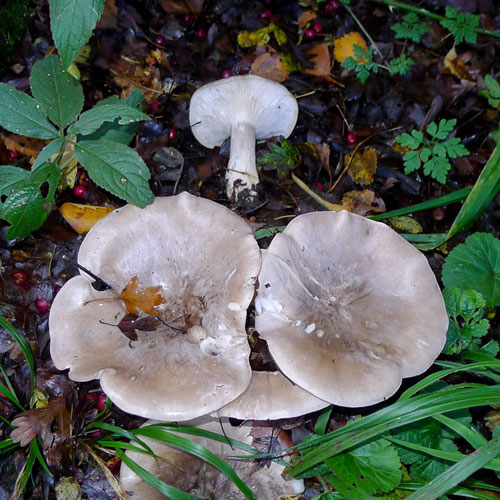 |
| Female Kestrel |
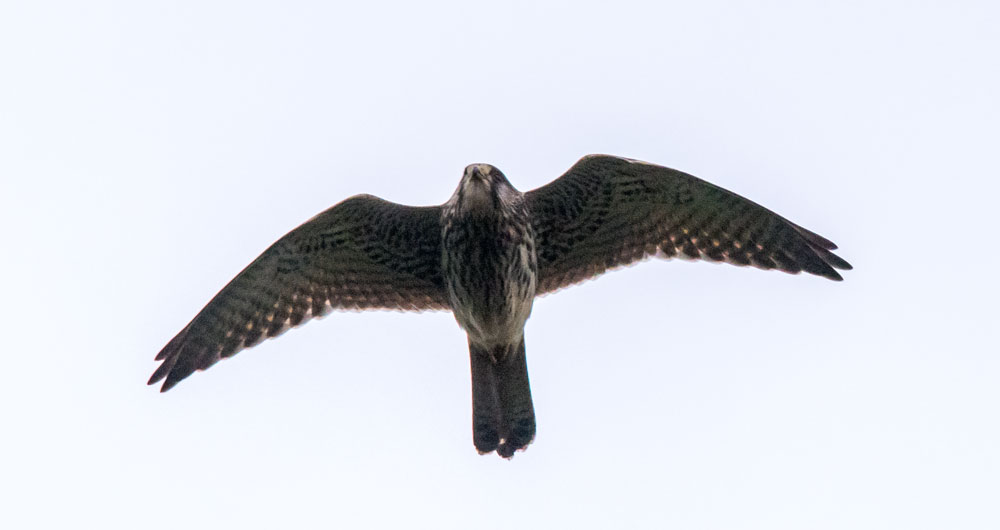 |
I pressed on towards the last hide, the Centenary Hide. It’s
not uncommon there to hear the call of
a hunting buzzard as it spirals across the sky. In the Autumn the
Hawthorn bushes that line the
paths are loaded with red berries, a favourite food of many birds
including Thrushes.
I was
lucky enough to be able to watch and photograph one such thrush, a
Redwing, as it plucked and
swallowed some of the red berries. Near the Chestnut Walk I snapped a
nice shot of an unusually
relaxed Grey Squirrel, tucked up the branches of a Hawthorn, nibbling
berries (I think).
| Common Buzzard |
Grey Squirrel |
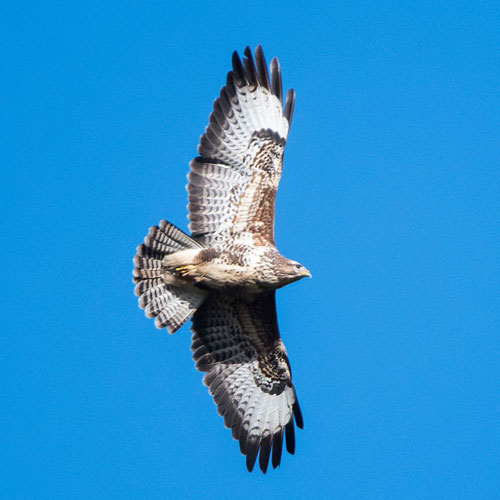 |
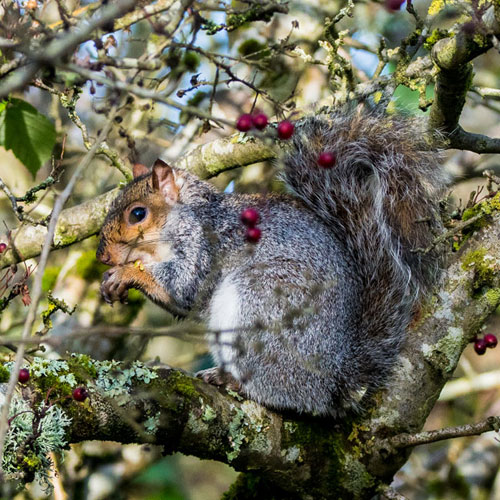 |
Near the squirrel, a Treecreeper was doing as its name suggests up the
trunk of a tall Sycamore.
It’s a welcome sight to see birds, such as a pair of Mute
Swans, on the relatively new ponds in
Area 4. On Chestnut Walk I found a Blushing
Bracket fungus growing on a tree stump by
the path. While examining it, a pair of Roe Deer dashed down the hill
from the Dalzell Estate onto
and across the path.
| Treecreeper |
Mute Swan |
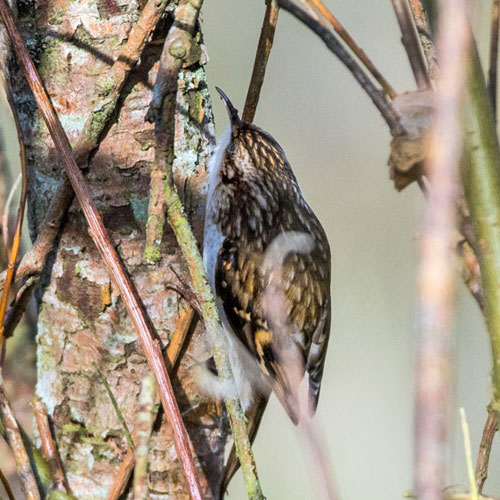 |
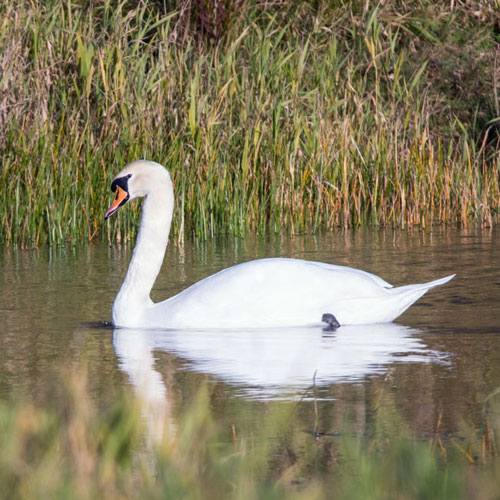 |
| Blushing Bracket |
Female Roe Deer |
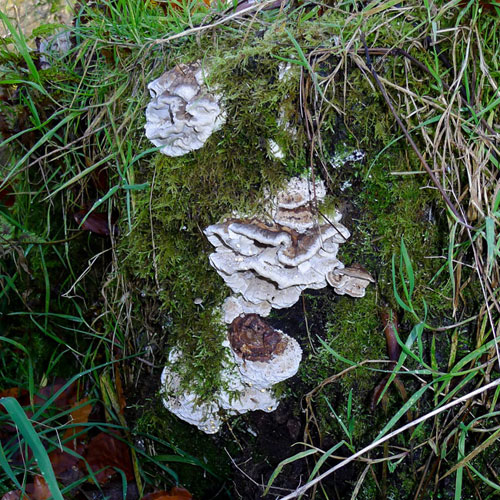 |
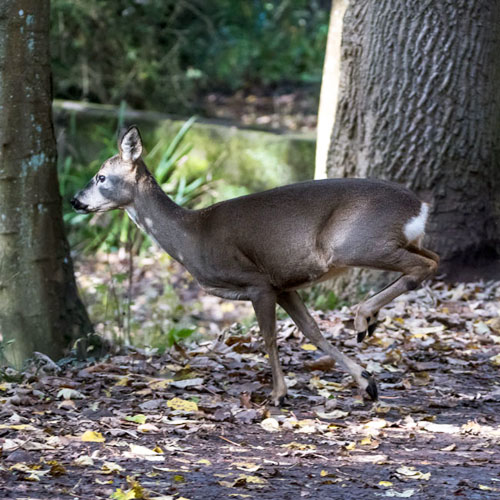 |
Chestnut Way marks the eastern boundary of RSPB Barons Haugh. Area 6,
at the southern end of
Dalzell Estate, contains a shallow, historical curling pond (recently
renovated) which often attracts
birds such as Mallards, Grey Herons and even Kingfishers.
| Mallard |
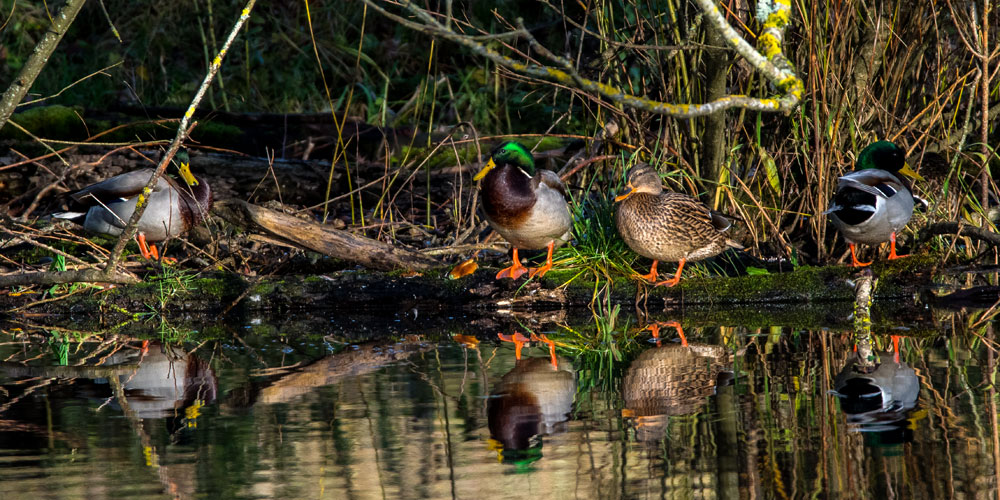 |
The wooded estate offers chances of seeing and, more often, hearing Nuthatches
as well
as a variety of Tits and Finches. Autumn is a good time to watch and
photograph Grey Squirrels
as they gather food for their hibernation. It is also a good time to
discover fungi. As I searched the
forest floor I disturbed a Mistle Thrush that had been perching in a
tall Cypress.
| Nuthatch |
Great Tit |
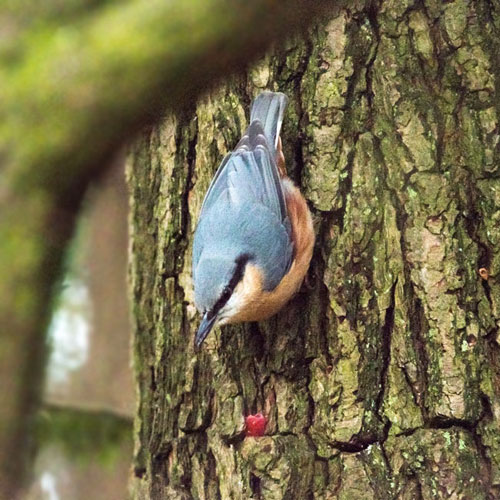 |
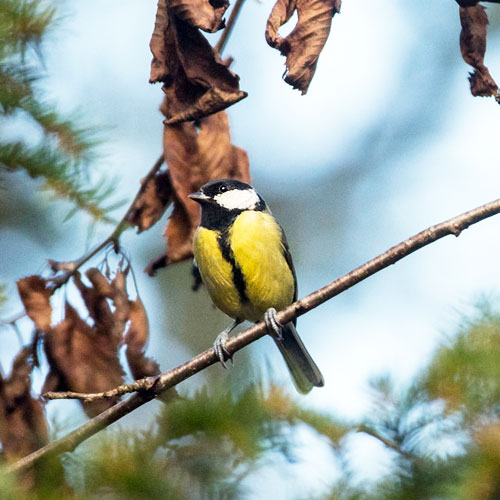 |
| Grey Squirrel |
Mistle Thrush |
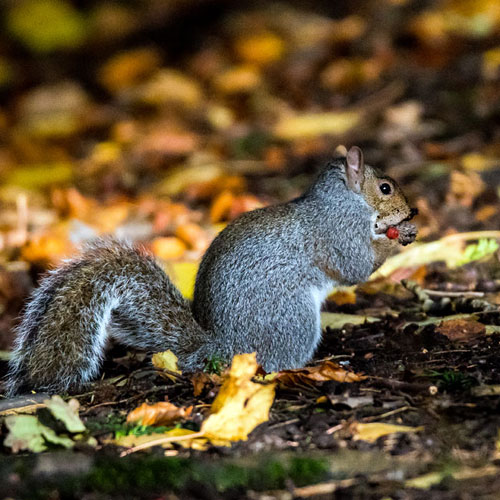 |
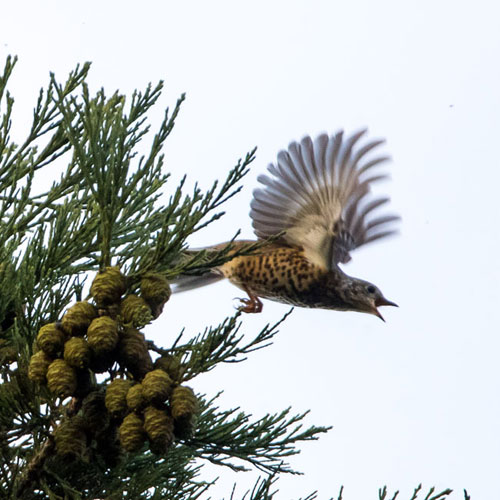 |
I was pleased to find a pair of fungi growing on decaying wood. The
first was the delightful Angel’s
Bonnet and also the more sinister-looking Candlesnuff
Fungus
| Angel's Bonnet |
Candlesnuff Fungus |
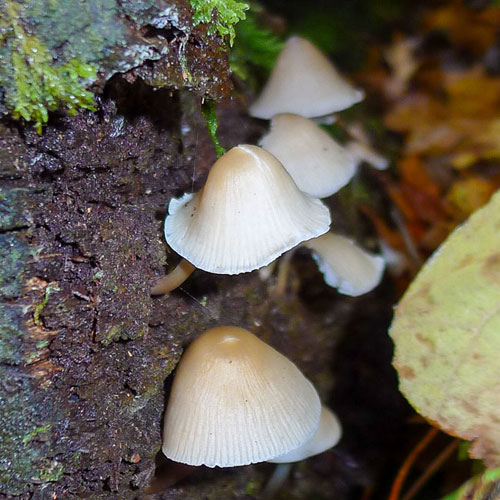 |
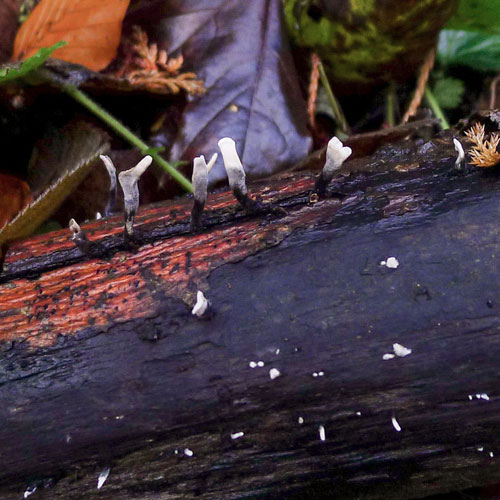 |
The weather had been a mixture of light and shade but at least it
stayed dry. It was good enough
though to allow me to record a pleasing set of photographs.
Week ending 1st November : Birds Of Hogganfield Loch
Part 1
My
favourite city nature reserve has to be Hogganfield Park LNR in the
northeast of Glasgow. I’ve
visited there countless times over a good number of years, and
I’ve collected literally thousands
of pictures of birds I’ve seen there. So, after my recent
“Birds of Strathclyde Park” blog, I now
present the next in the series, “Birds of Hogganfield Park
LNR, Part 1”.
The park (see below) comprises a (very) roughly circular Loch and, to
the east, a smaller area of
marshland with a small pond. My starting point is usually in the car
park (the big black dot)
situated at the northwest of the Loch accessible from Cumbernauld Road.
There is usually a large
number of birds congregated on the Loch edges at the car park, waiting
for the car occupants to
emerge with bread and other tasty delights. Wintering Whooper
Swans and, all-year-round
regulars, Mute
Swans are usually first in the queue, although in
recent years there have
been a fair showing of Greylag and Canada Geese in the feeding melee.
West Loch:
| Whooper Swan |
Mute Swan |
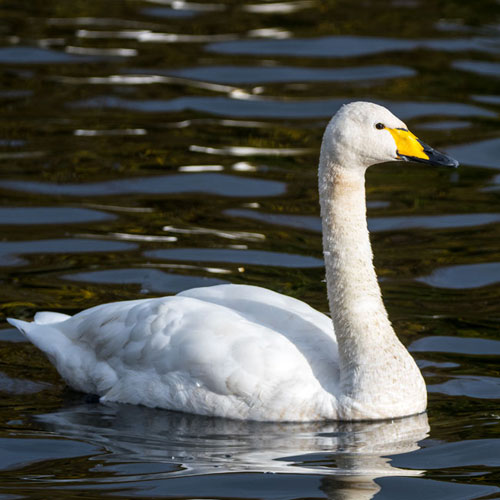
|
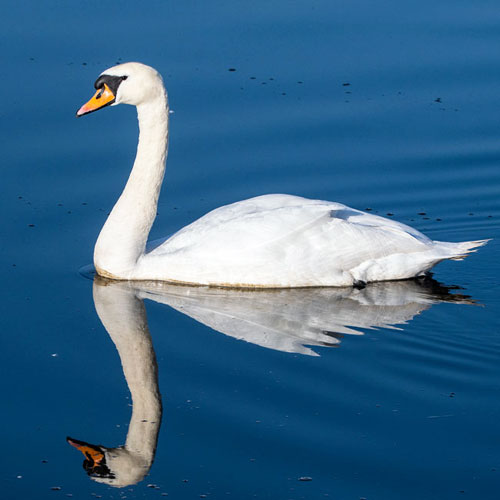
|
| Greylag Goose |
Canada Goose |
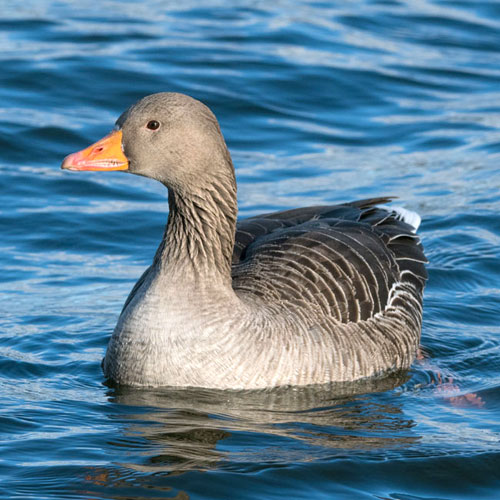
|
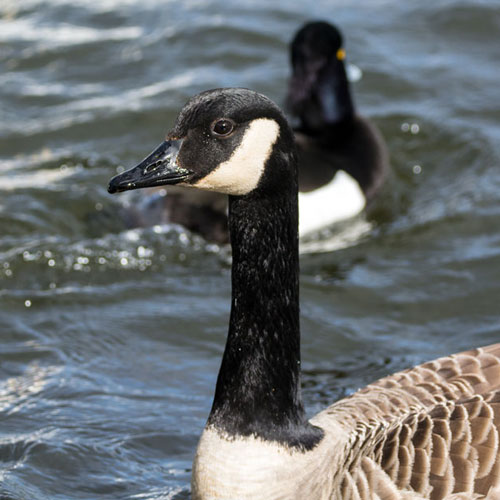
|
Feisty Goosanders ,
that usually prefer fish, can usually be seen scrapping for their share
while Starlings and Feral Pigeons are always on hand to peck up the
scraps around the feeders’
feet (although the pigeon shown below somehow ended up in the drink).
| Goosander |
Starling |
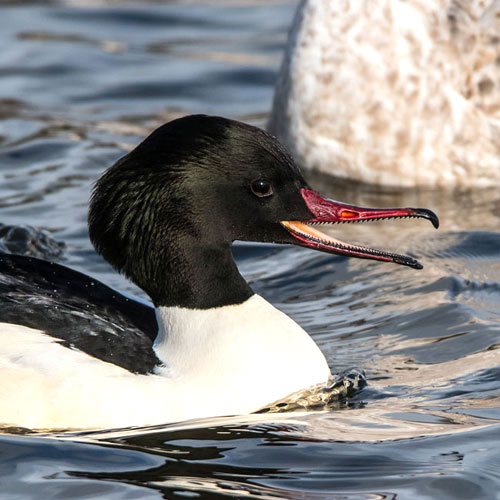
|
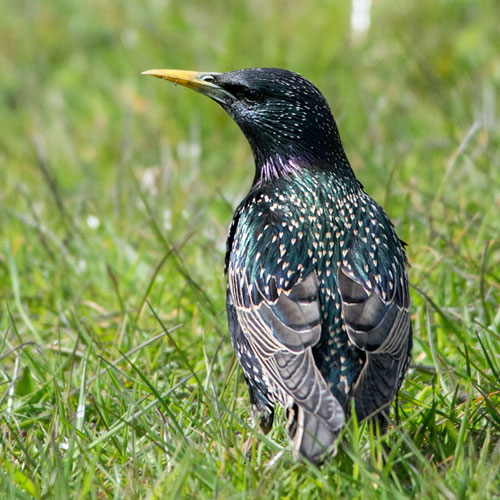
|
Also present are the pond birds that are less interested in bread, but
who certainly enjoy “safety in
numbers” such as Tufted Ducks, Moorhens and Coots.
| Drake Tufted Duck |
Female Tufted Duck |
| Moorhen |
Coot |
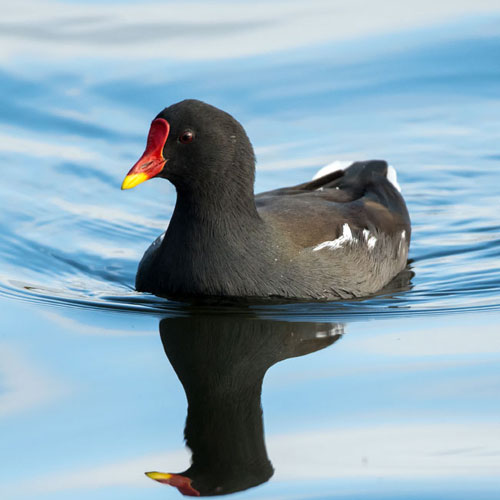
|
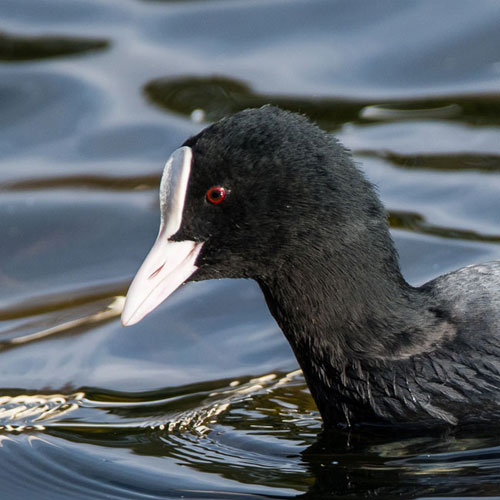
|
As well as the Goosander, there are several other piscivores
(i.e.fish-eating birds) amongst the
bird population. A juvenile Red-breasted
Merganser turned up about four years ago.
Another irregular, visitor, and piscivore, seen this year, was a Slavonian
Grebe. It is a bonny
wee bird, even in its winter plumage. Its summer plumage is truly
stunning. Every year, during
Spring and Summer, Goldeneyes
can be seen making repeated dives for small fish and
invertebrates. Cormorants too dive for fish and sometimes they appear
with them at the surface.
| Red - breasted Merganser |
Slavonian Grebe in Eclipse plumage |
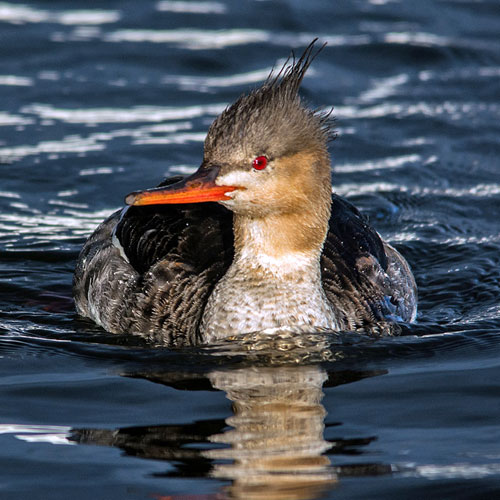
|
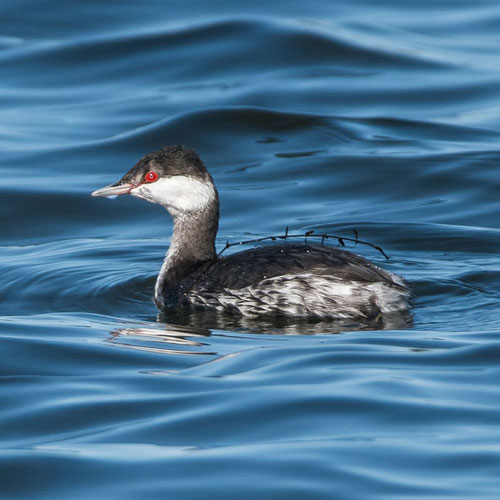
|
| Goldeneye |
Cormorant |
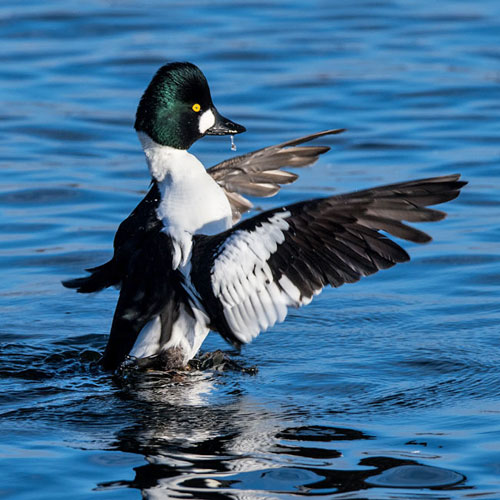
|
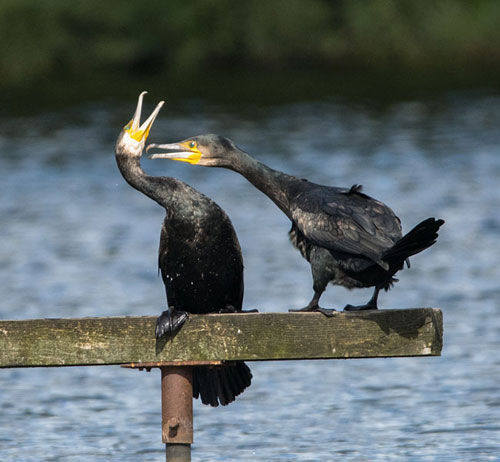
|
The bushes around the car park are home to the Dunnock,
a small sparrow-like bird. A
small member of the crow family, the Jackdaw can be seen foraging the
grassy lochside all
around the Park, but especially around the car park. Another, smaller
forager is the Pied Wagtail. It
is very flighty but it is usually possible to get decent shots. About
three years ago I was watching
ducks that were mulling around the artificial islands at the SW of the
Loch when a Common
Sandpiper darted into one of the
“cages” that protect the plant from being trampled
or
eaten by the large birds. It stayed there for enough time for me to
snap away to my heart’s
content.
| Dunnock |
Jackdaw |
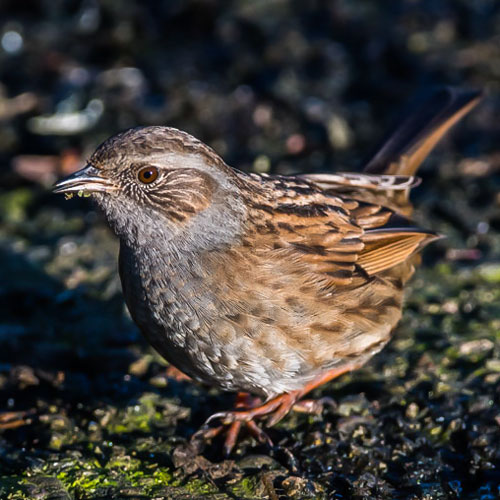
|
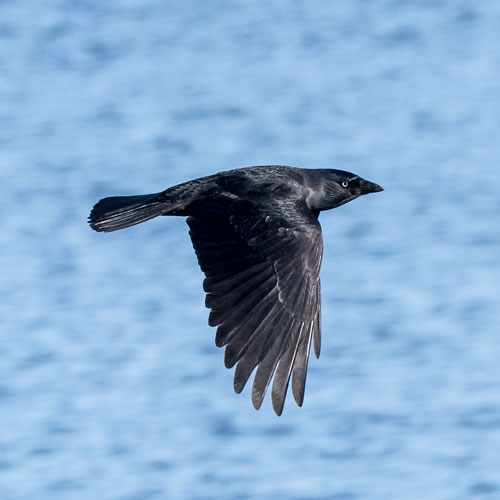
|
| Pied Wagtail |
Common Sandpiper |
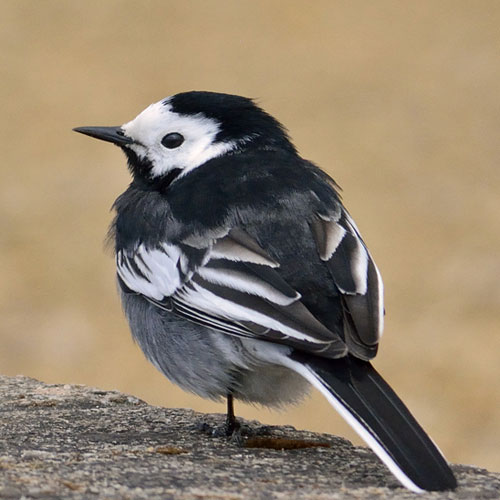
|
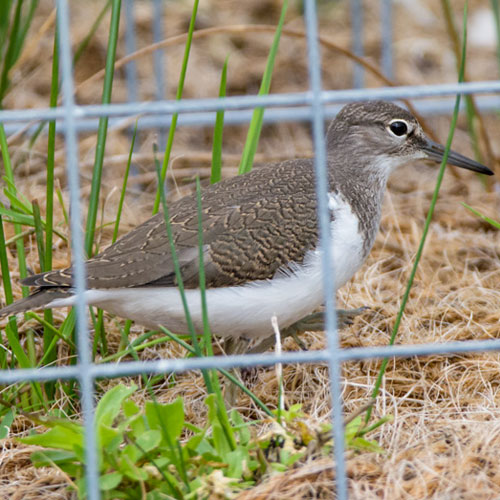
|
If you like gulls
(and I do), but you find the frantic feeding at the car park is too
hectic, then
the South side is an excellent place to watch Black-headed and Lesser
Black-backed Gulls.
These gulls make up the majority of the gull flock.
| Black - headed Gull |
1st Cycle Black - headed Gull |
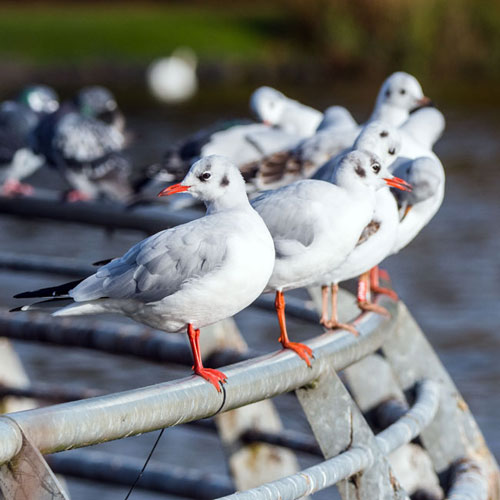
|
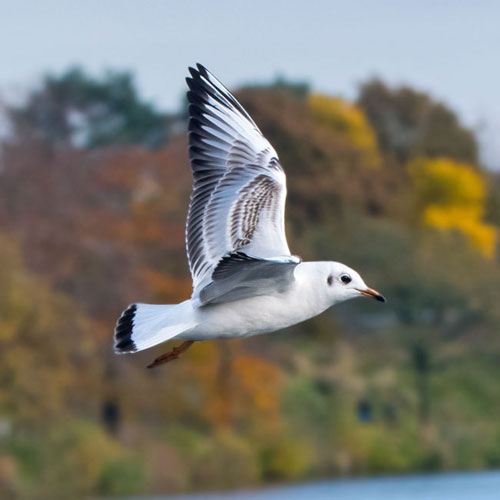
|
| Lesser Black - backed Gull |
2nd Cycle Lesser Black - backed Gull |
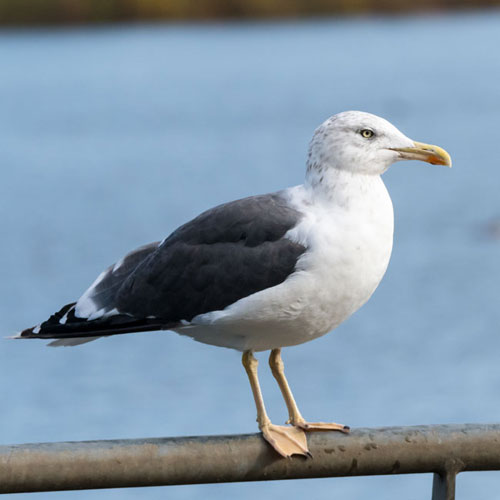
|
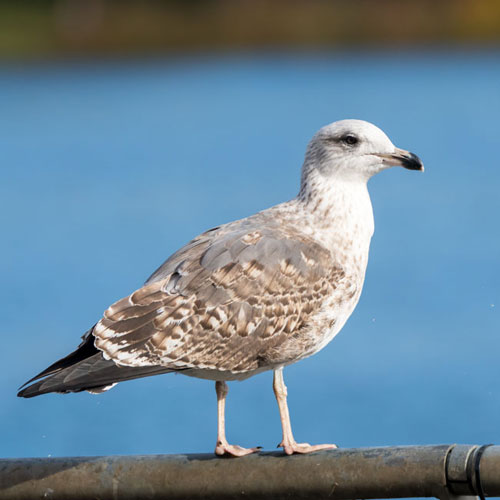
|
Gulls seen less often include Herring, Great Black-backed, Iceland and
Common Gulls.
| Herring Gull |
Great Black - backed Gull |
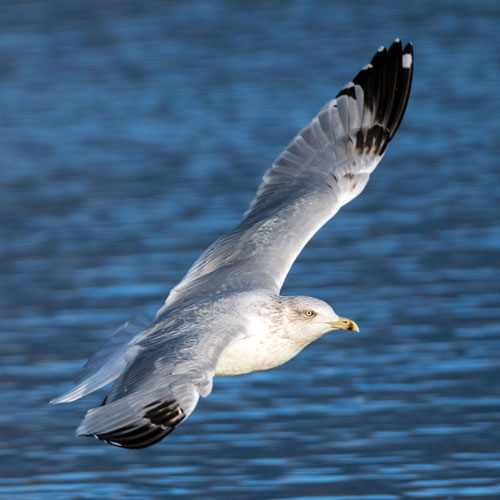
|
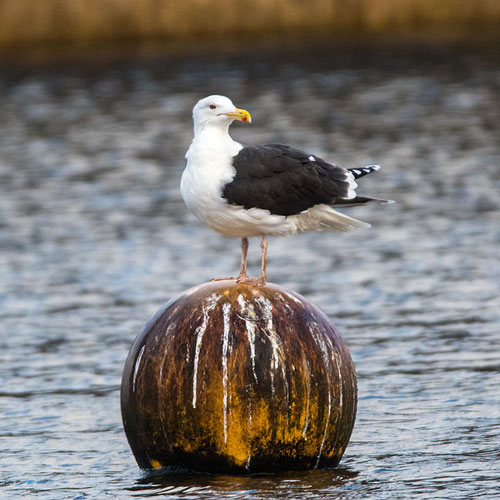
|
| Iceland gull |
Common Gull |
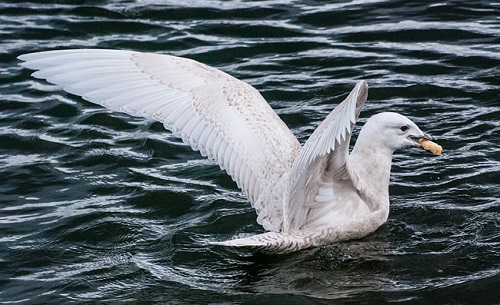
|
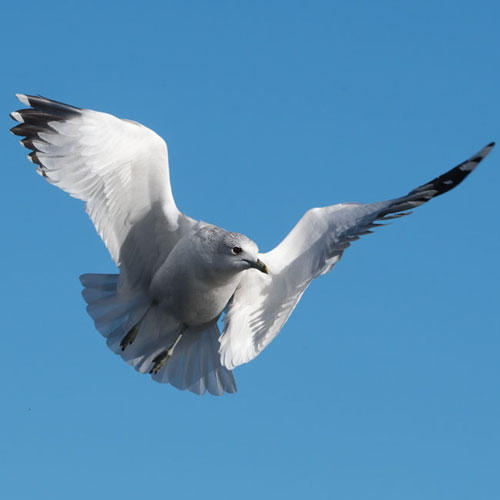
|
South Loch
The South Loch is also an excellent place to watch Great
Crested Grebes and Little
Grebes diving for fish. I really enjoy following
the progress of the Great Crested Grebes throughout
the year. such as their wonderful courtship
display, nest building, chicks on the adult's back
and adults feeding the chicks fish. The channel between the island a
south edge of the Loch is
worth a check for Mallards and other ducks such as Pochards, Tufties,
Gadwalls and Teal. The
trees hold the usual passerines, such as Goldfinches and Blue Tits,
Woodpigeons and, in the
Spring, nesting Grey Herons come and go.
| Great Crested Grebe |
Little Grebe |
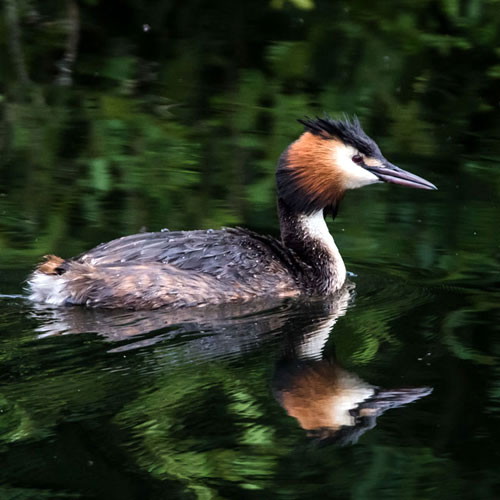
|
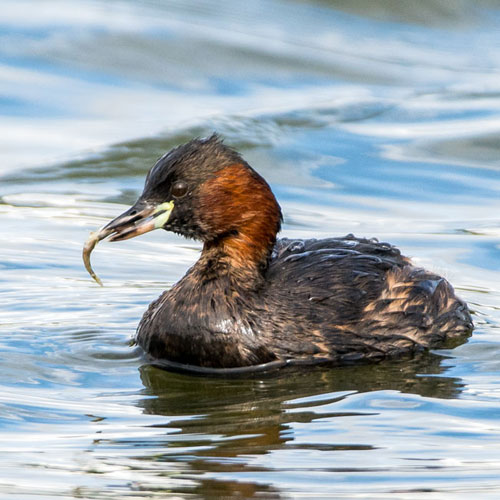
|
| Mallard |
Goldfinch |
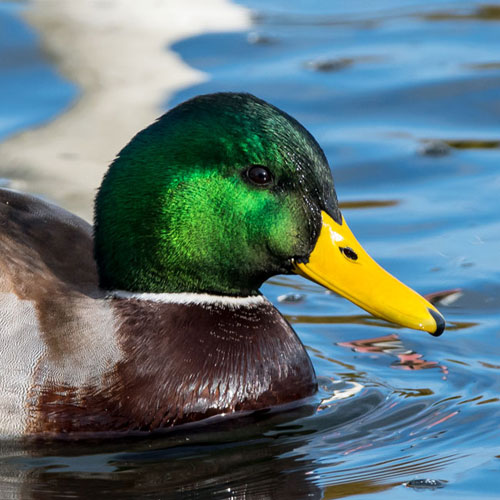
|
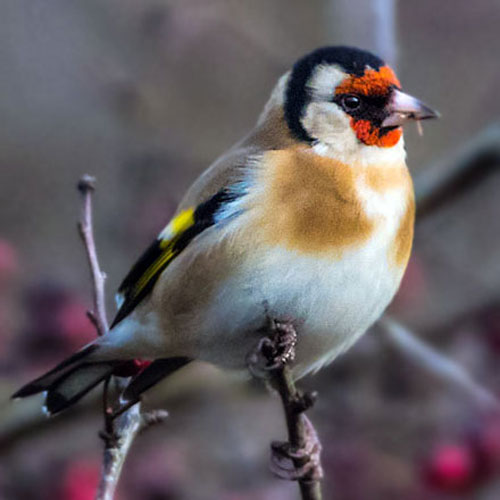
|
| Teal |
Wood Pigeon |
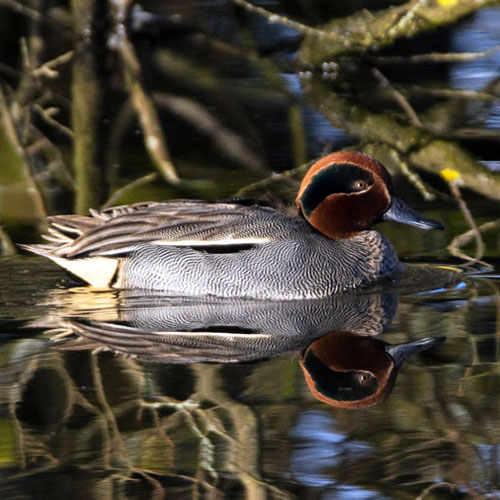
|
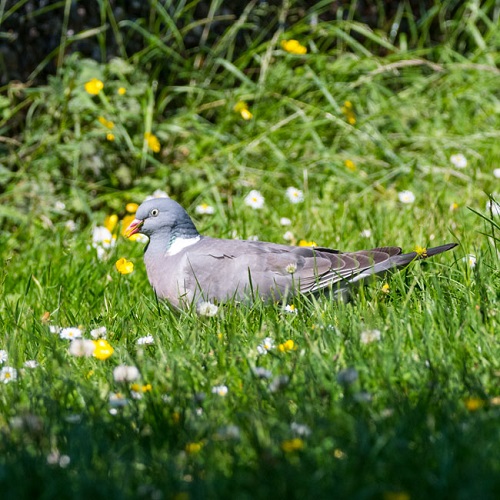
|
That concludes part 1 of this description of my experiences of
“Birds of Hogganfield Park LNR”.
In the coming weeks I will publish part 2 in which I will describe
birds that can be seen from the
East Loch, North Loch and the area on and around the Pond.
Highlights - November 2020
We present a gallery of my favourite pictures I’ve taken
during November 2020. They are not listed
in the order they have been taken, but according to a series of themes.
I’ve kept commentary to a
minimum, preferring to let each picture talk for itself.
WINGS
| Common Buzzard |
Common Gull |
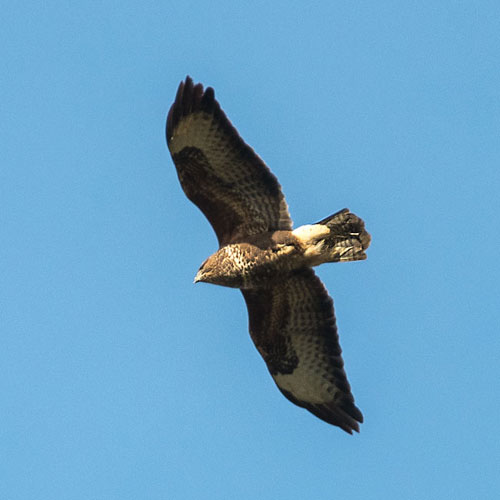 |
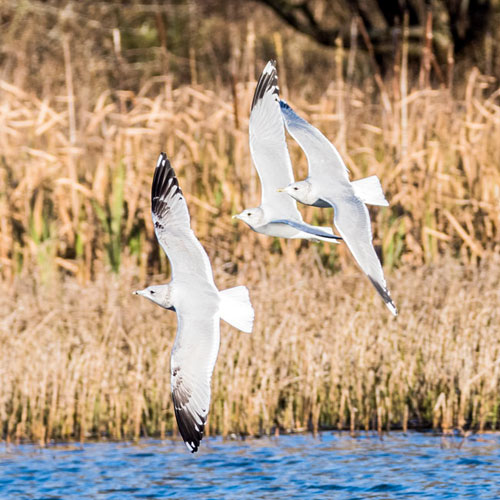 |
| Female Goosander |
Kestrel |
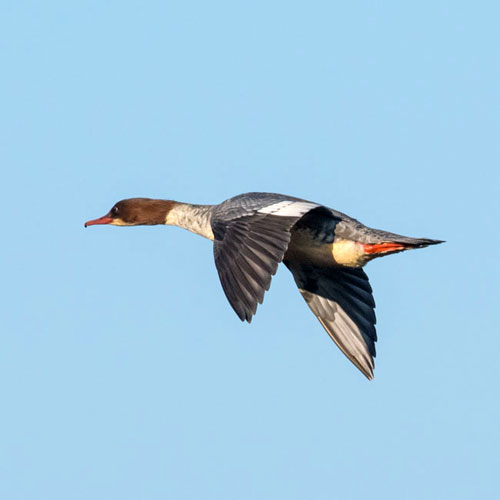 |
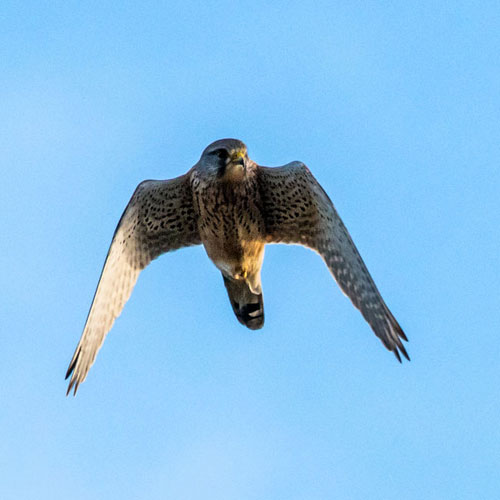 |
| Little Egret |
Mallard |
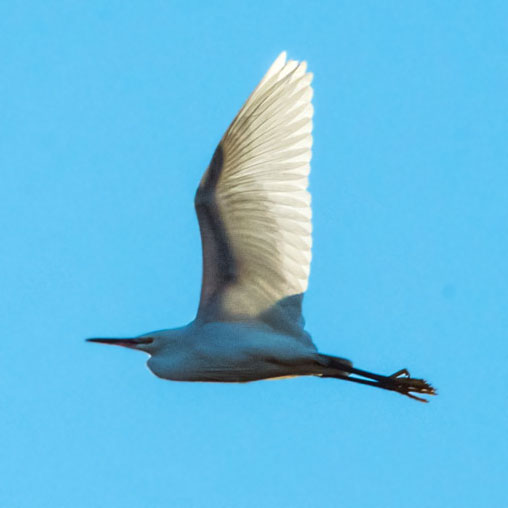 |
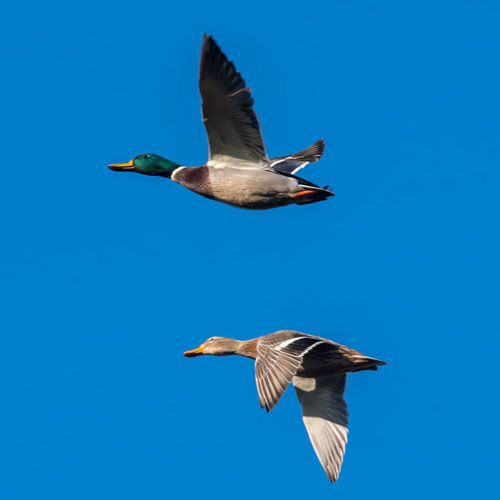 |
| Mute Swan |
Redwing |
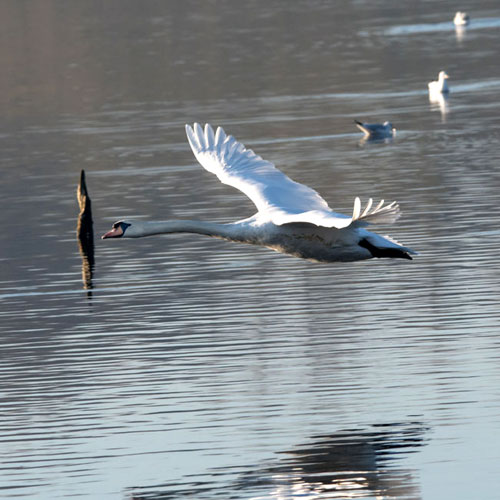 |
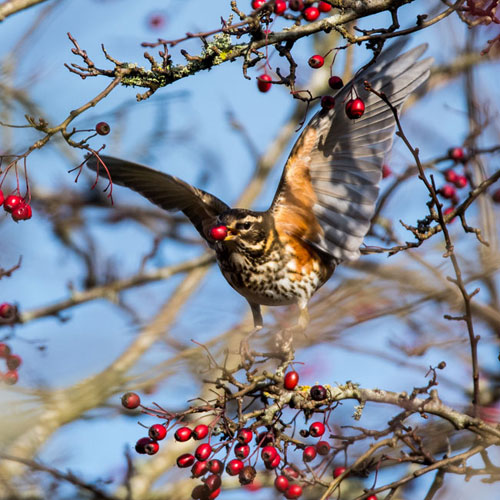 |
FUNGI
| Angels Bonnet |
Blushing Bracket |
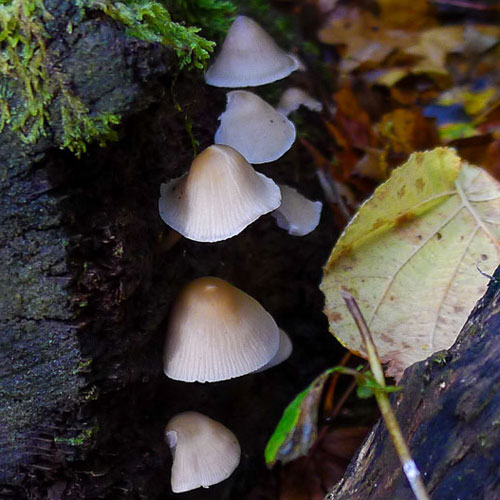 |
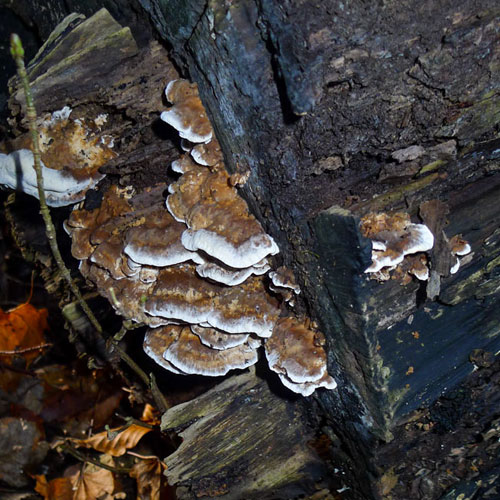 |
| Butter Cap |
Clouded Funnel |
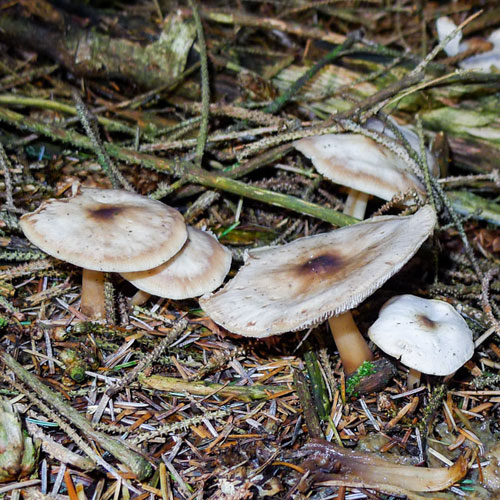 |
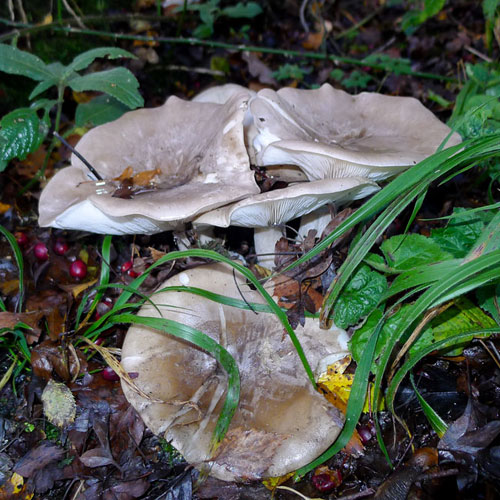 |
| Lyophyllum fumosum |
Sulphur Tuft |
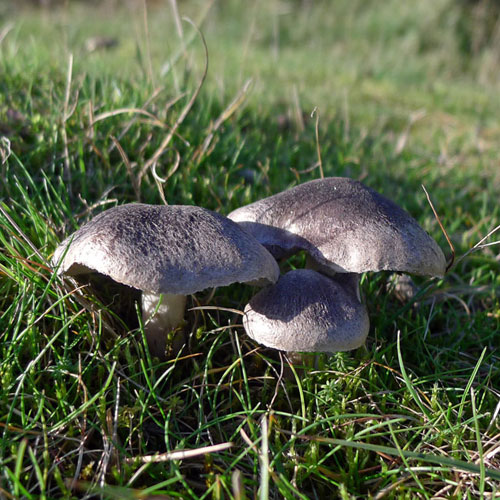 |
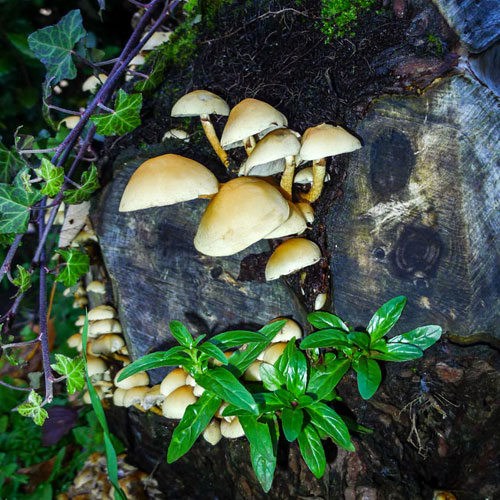 |
PORTRAIT
| Bullfinch |
Coot |
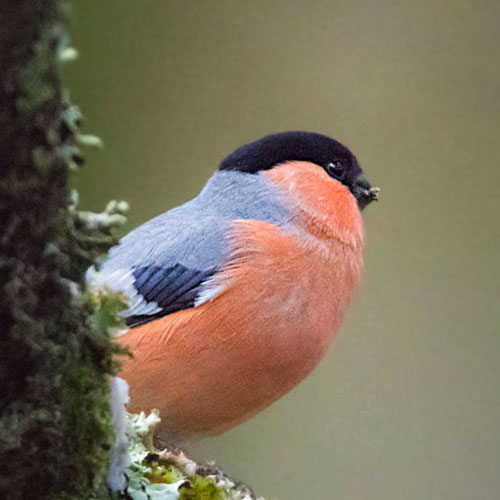 |
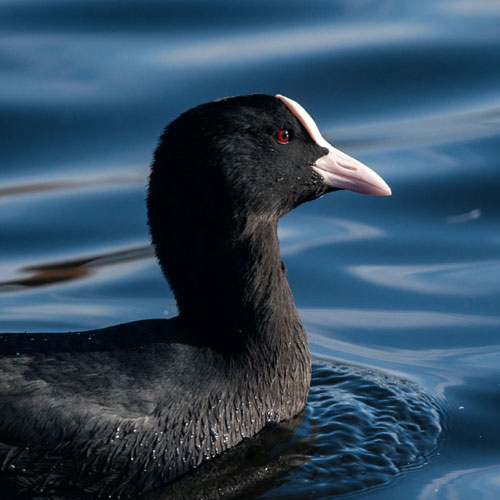 |
| Goldeneye |
Female Goosander |
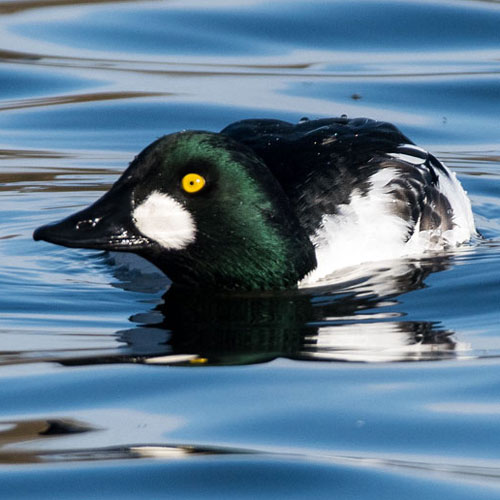 |
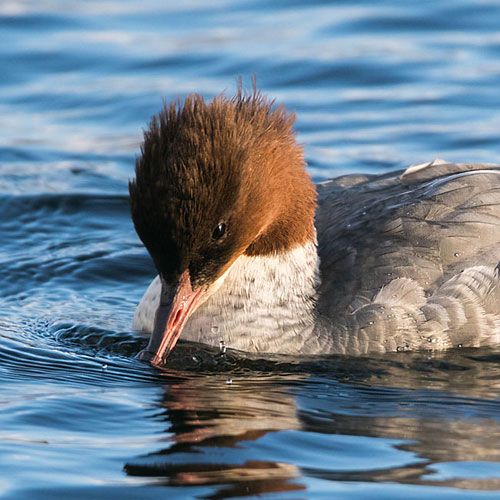 |
| Drake Mallard |
Whooper Swan |
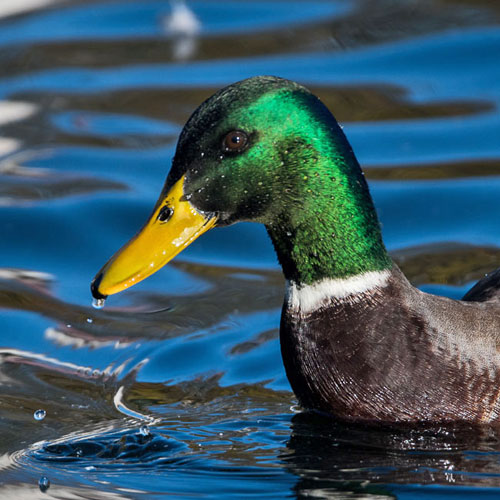 |
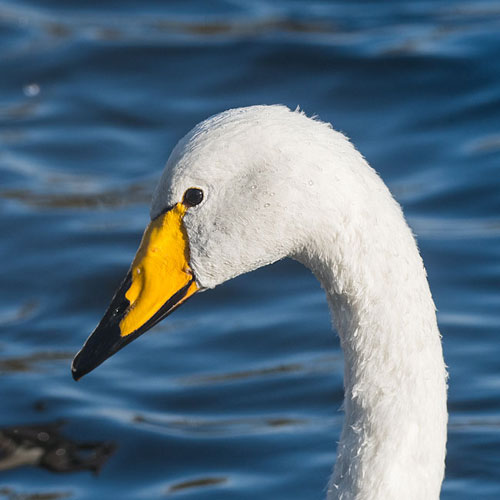 |
ROBIN
ON THE TREES
| Blackbird |
Blue Tit |
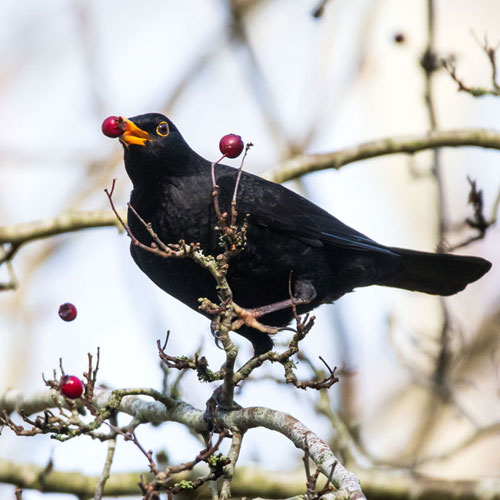 |
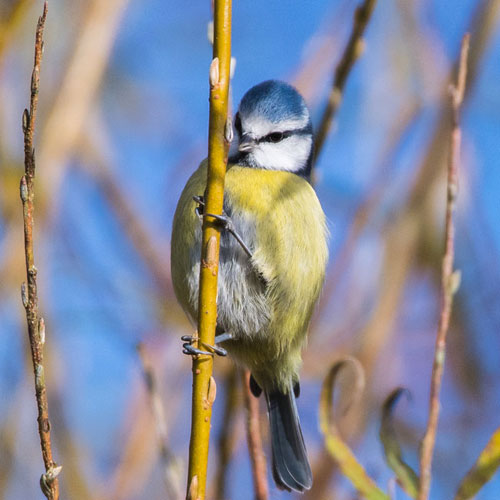 |
| Bullfinch |
Coal Tit |
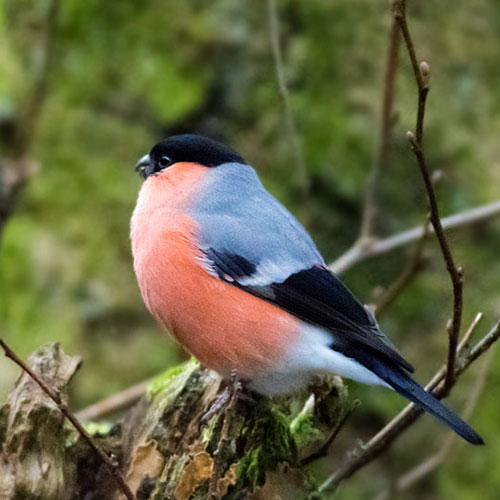 |
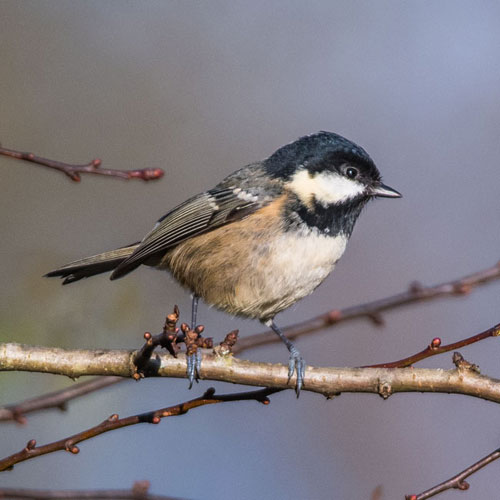 |
| Goldfinch |
Great Tit |
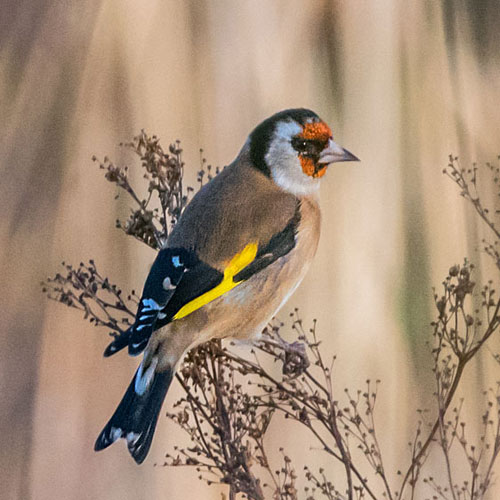 |
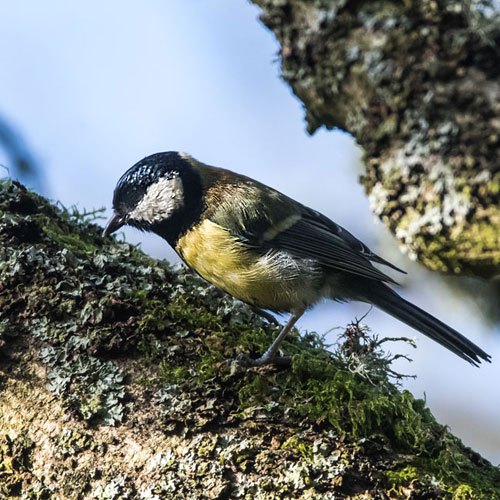 |
| Grey Squirrel |
Nuthatch |
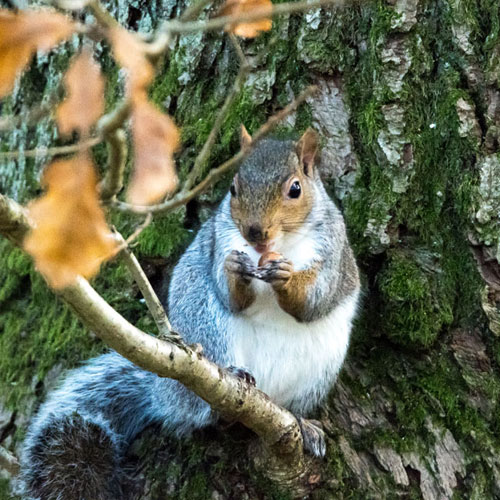 |
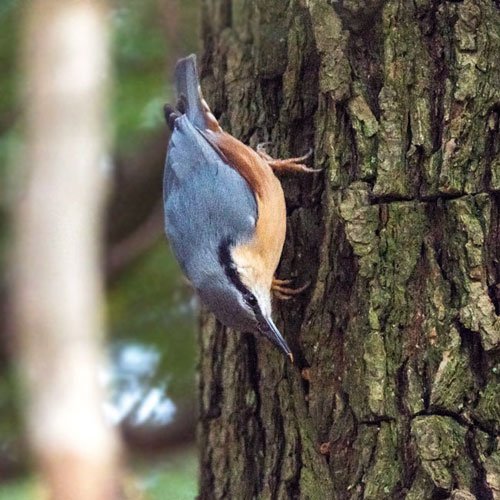 |
| Siskin |
Treecreeper |
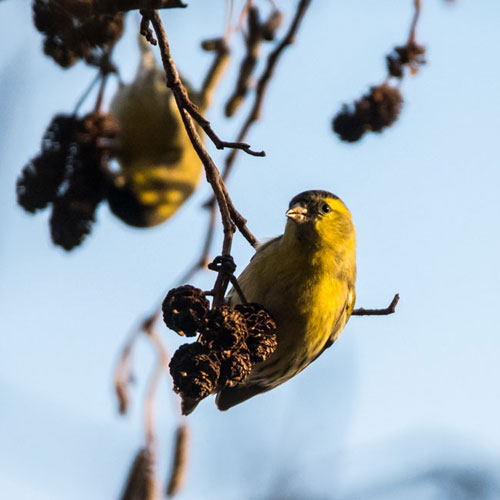 |
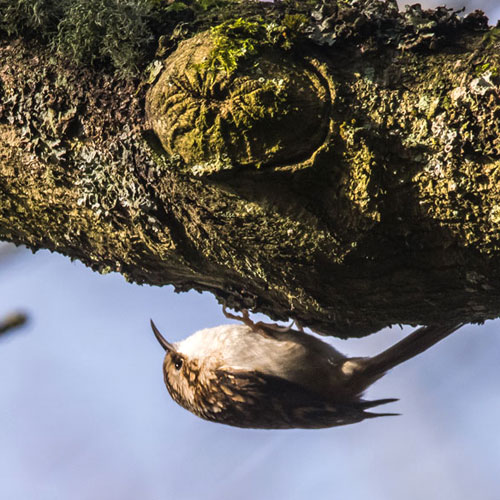 |
Back To Top
|

